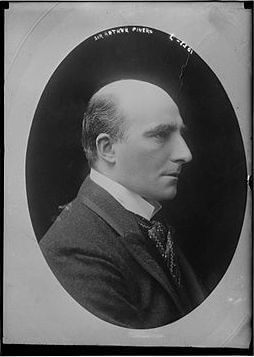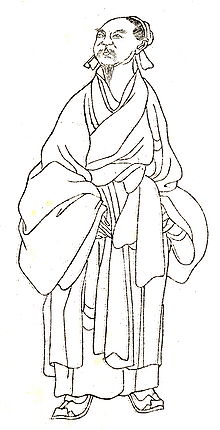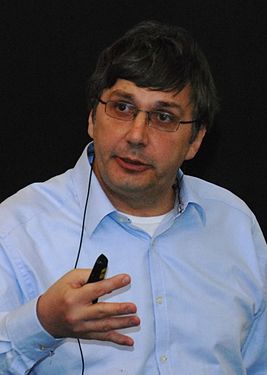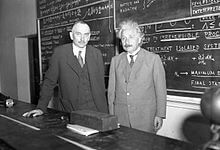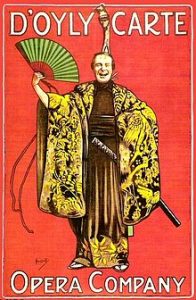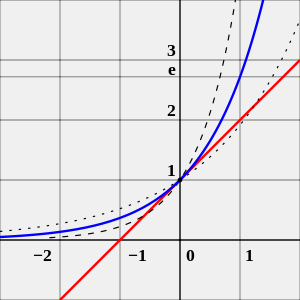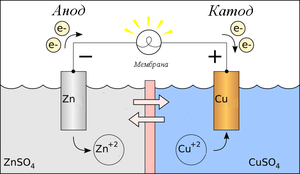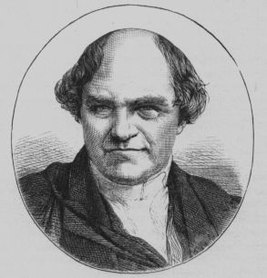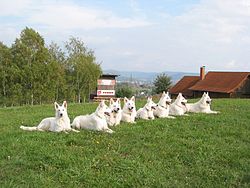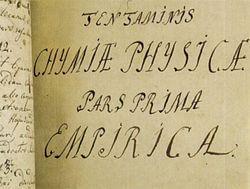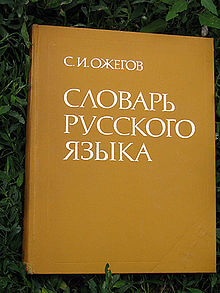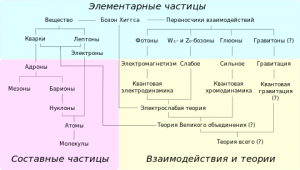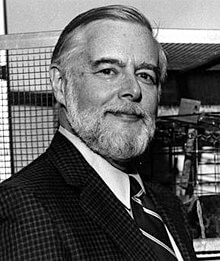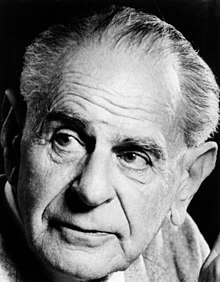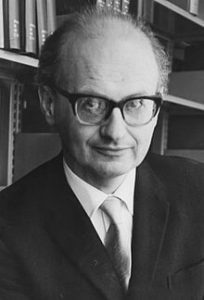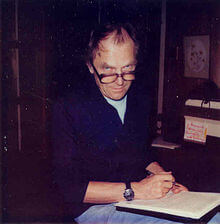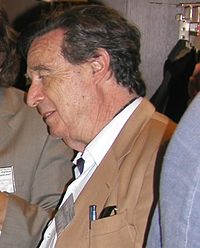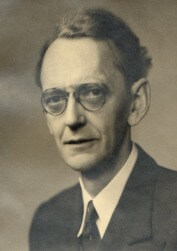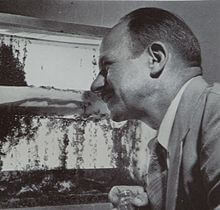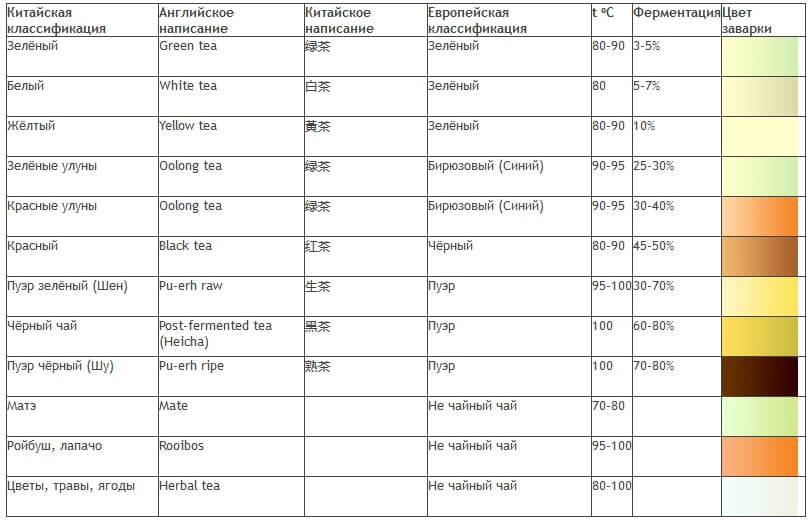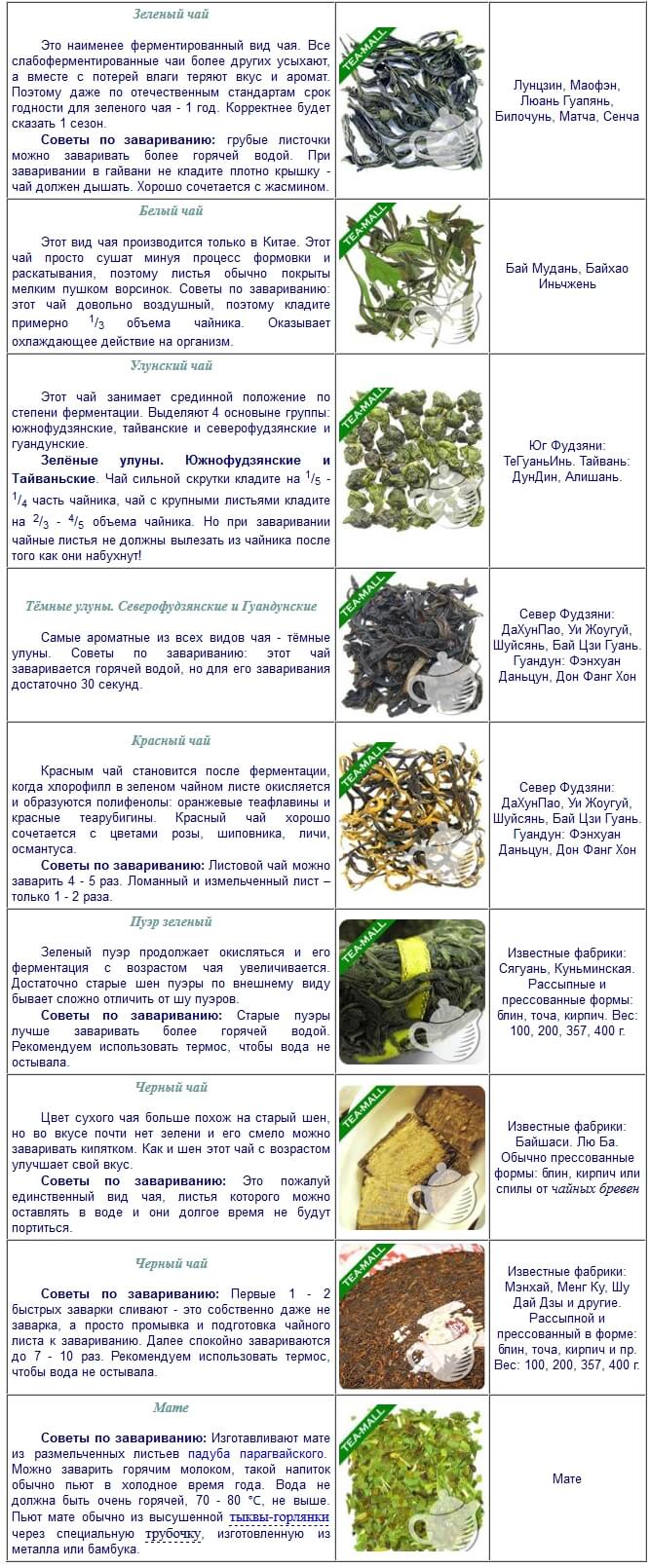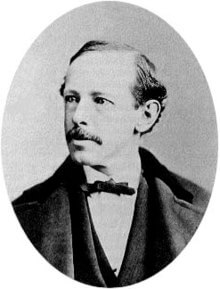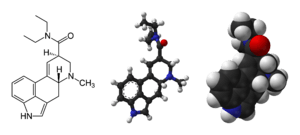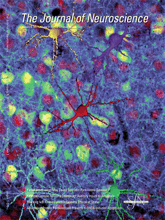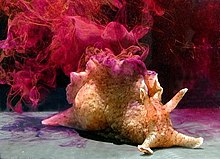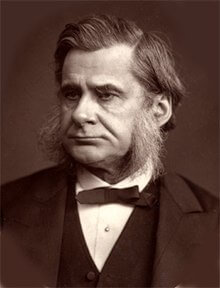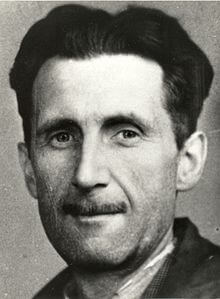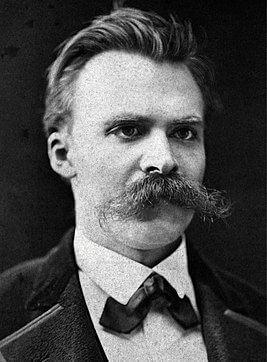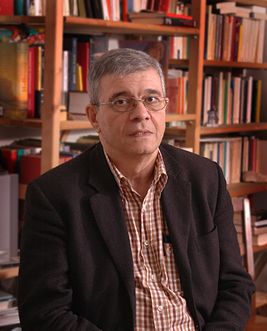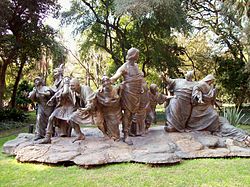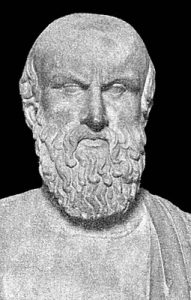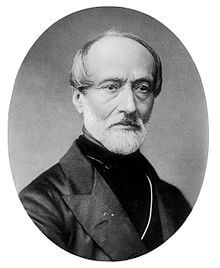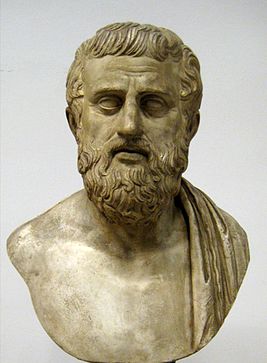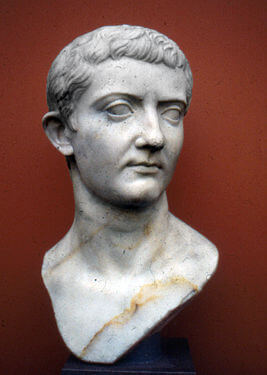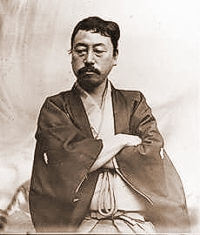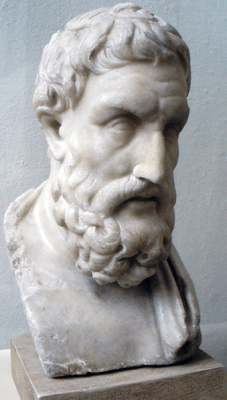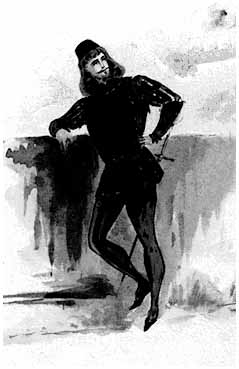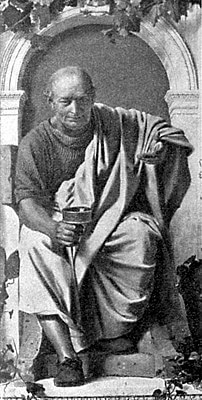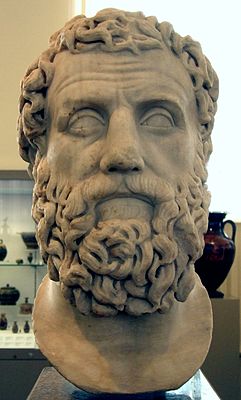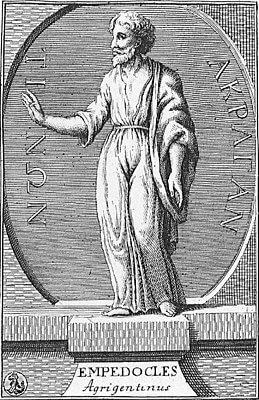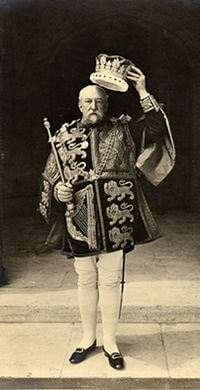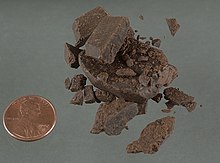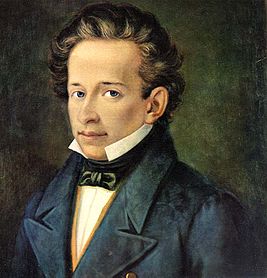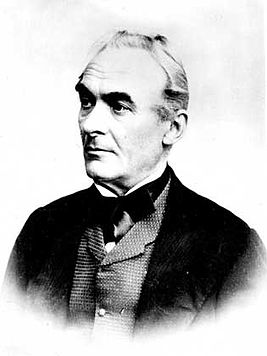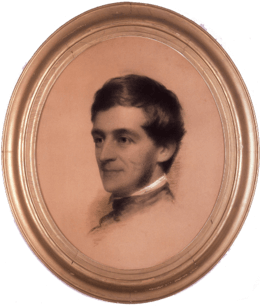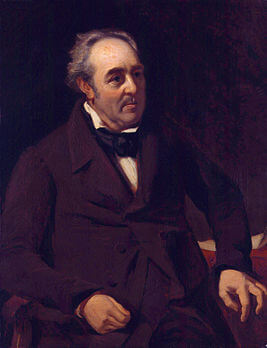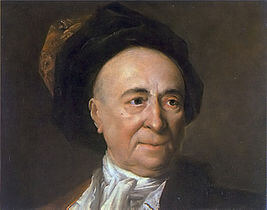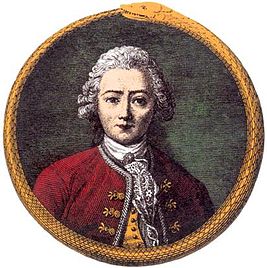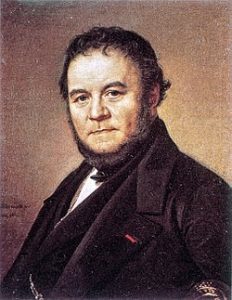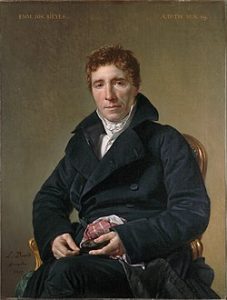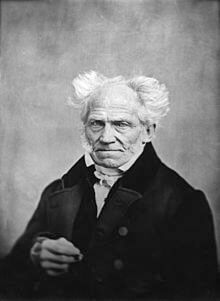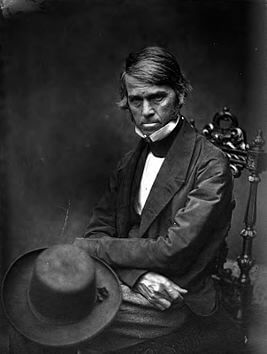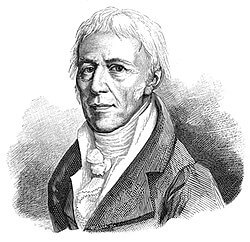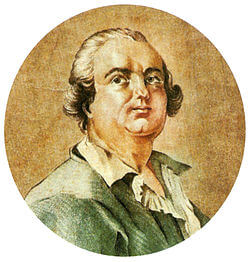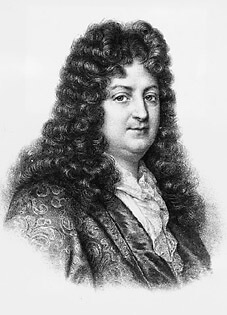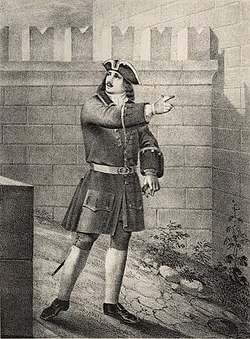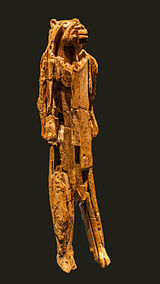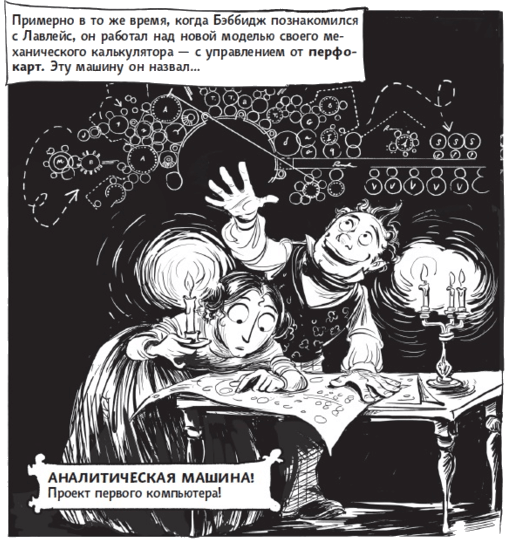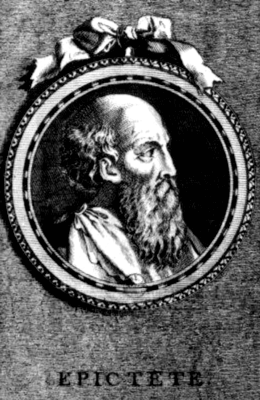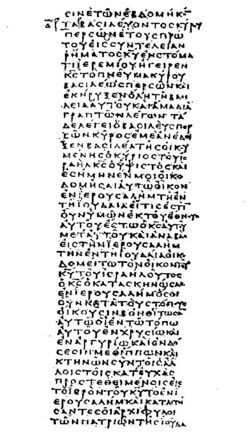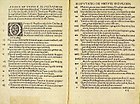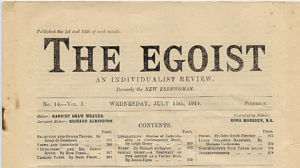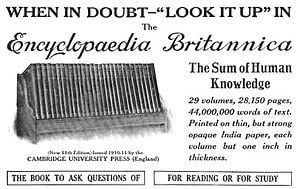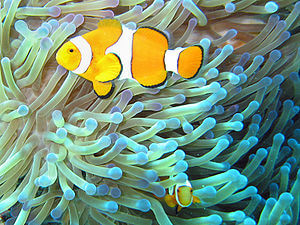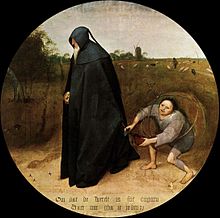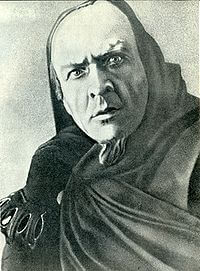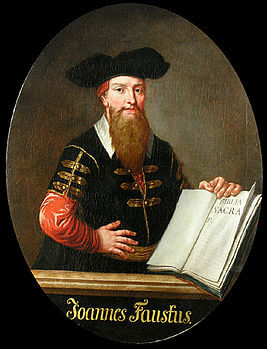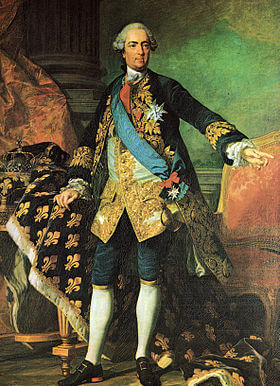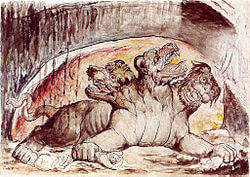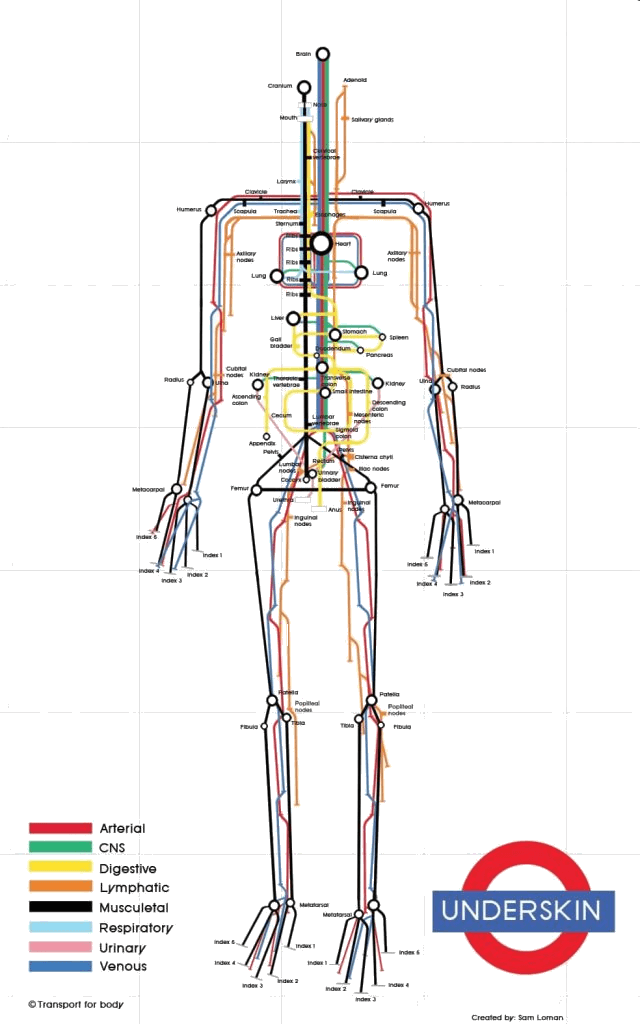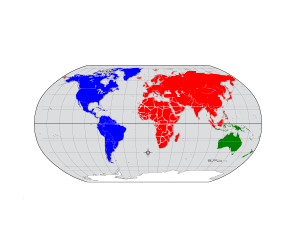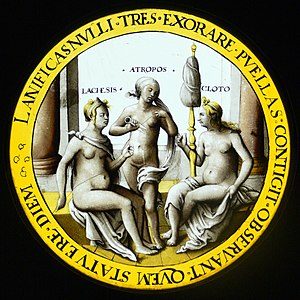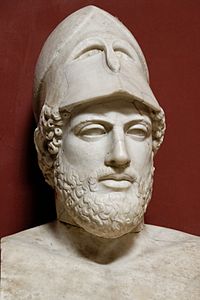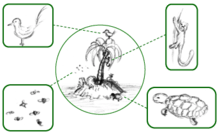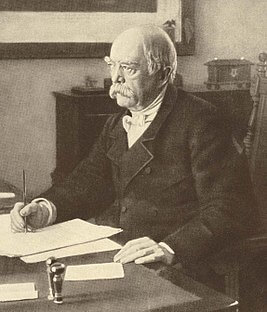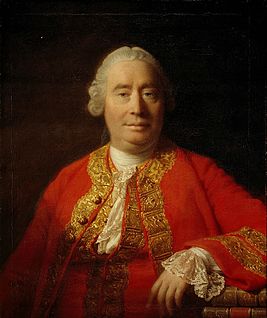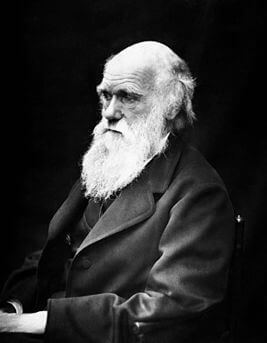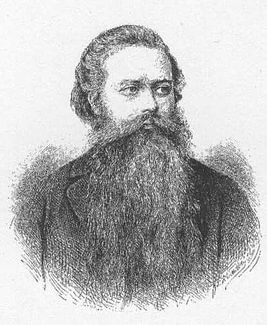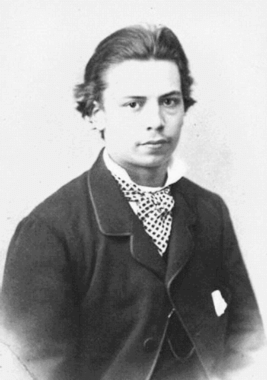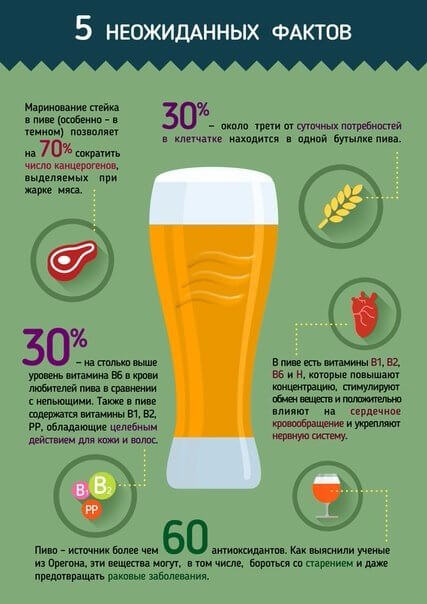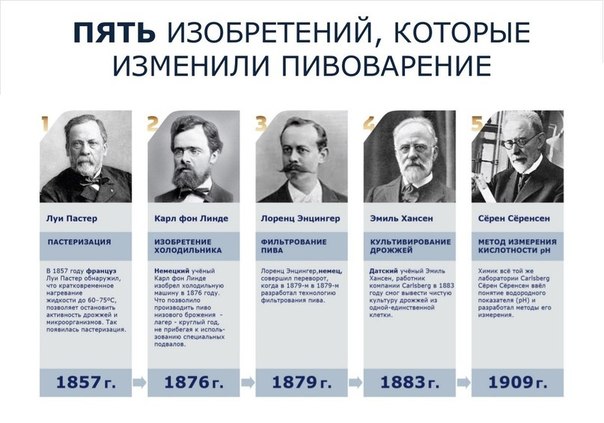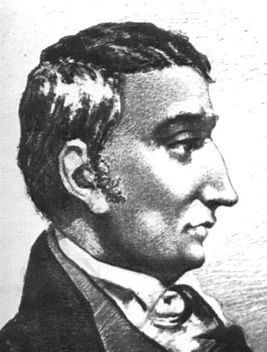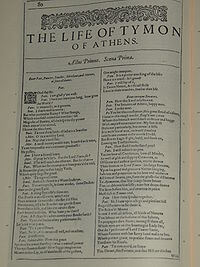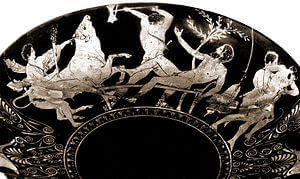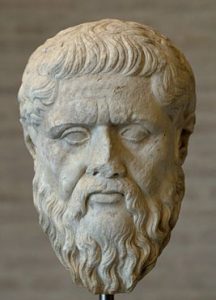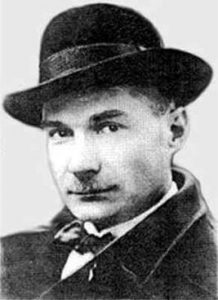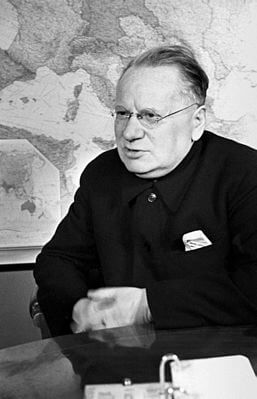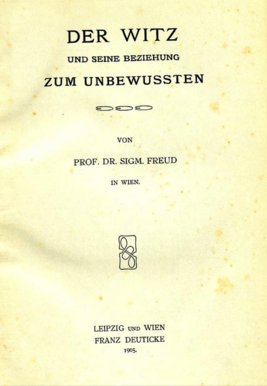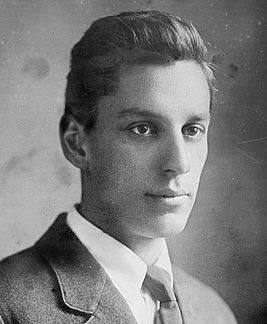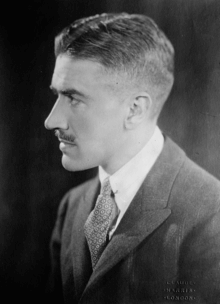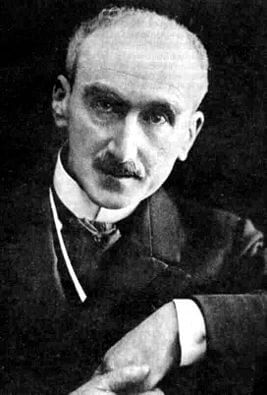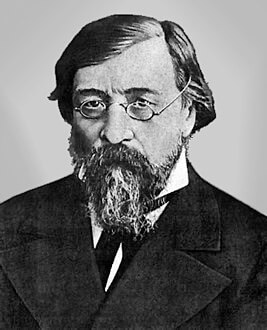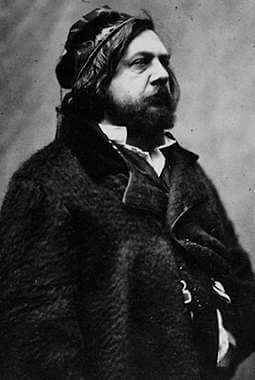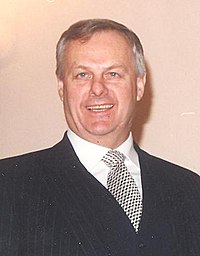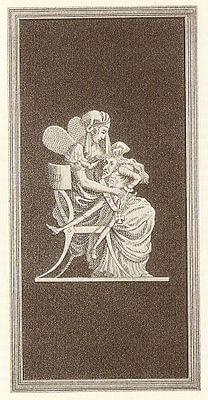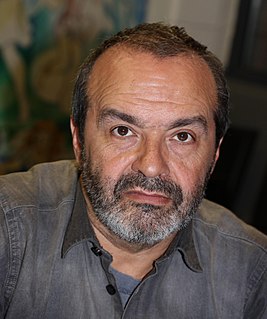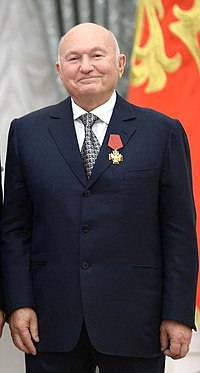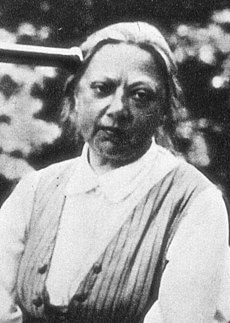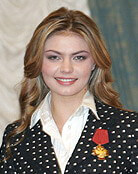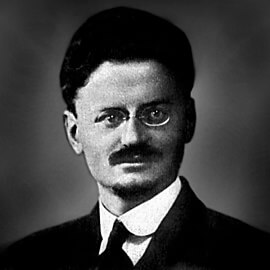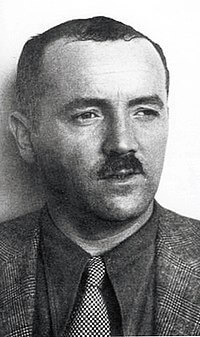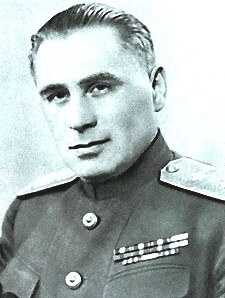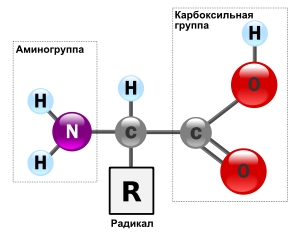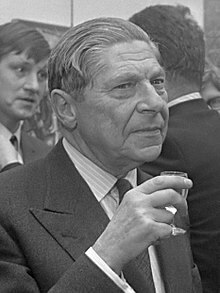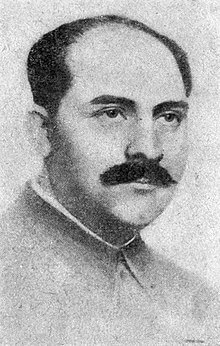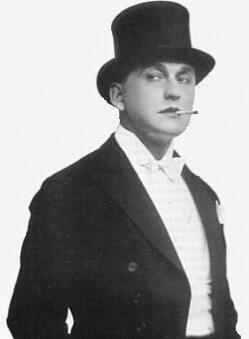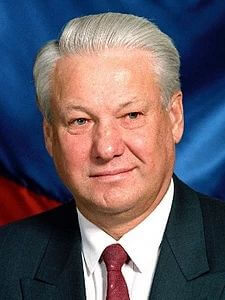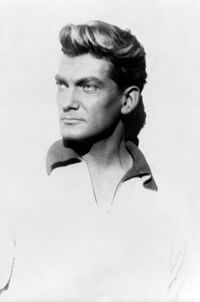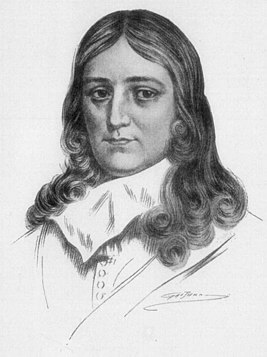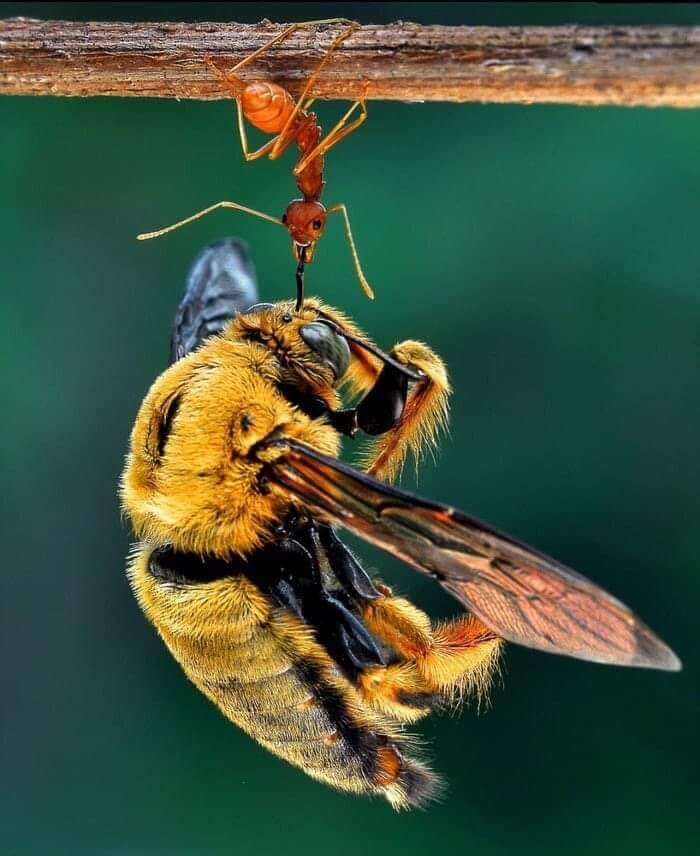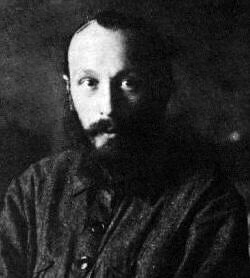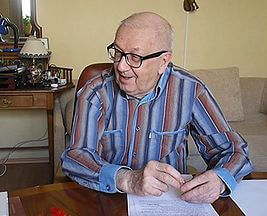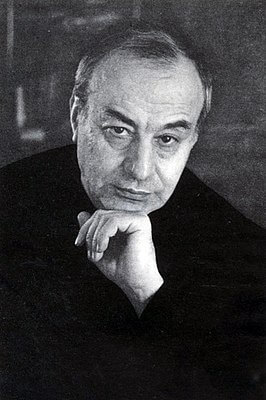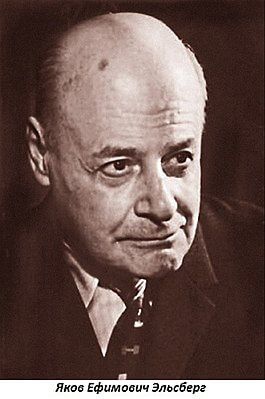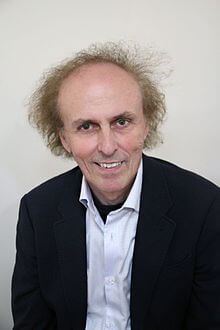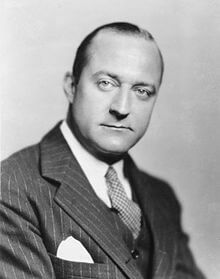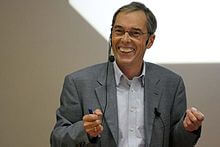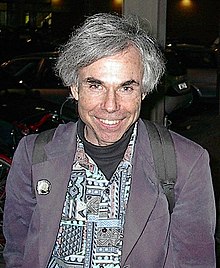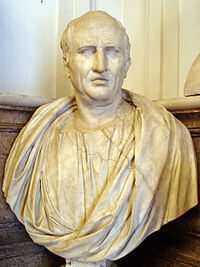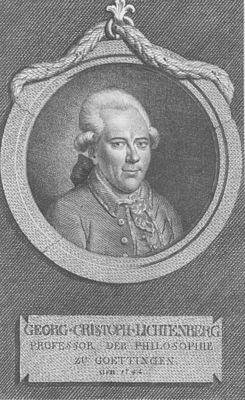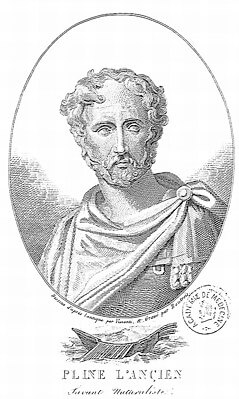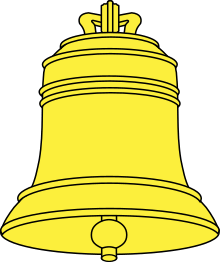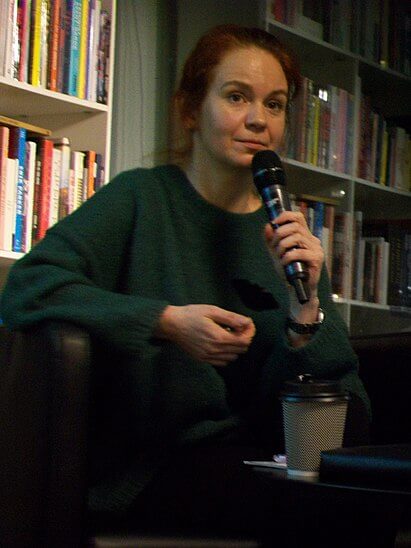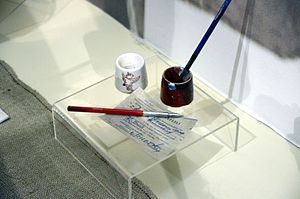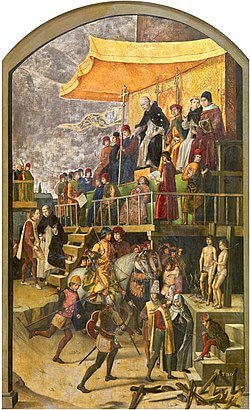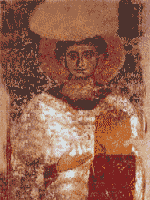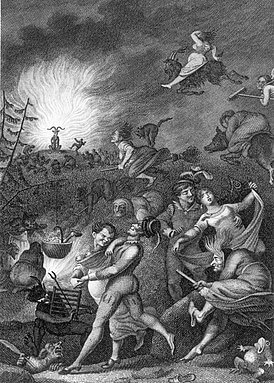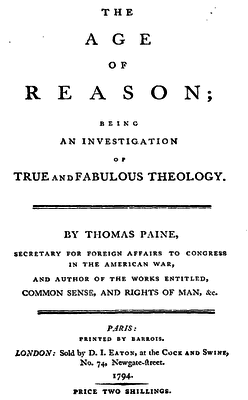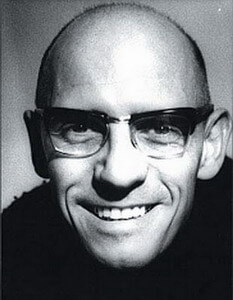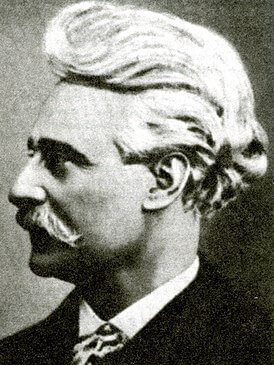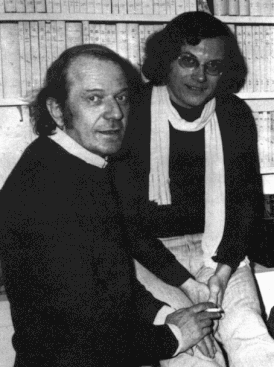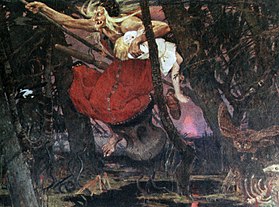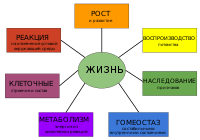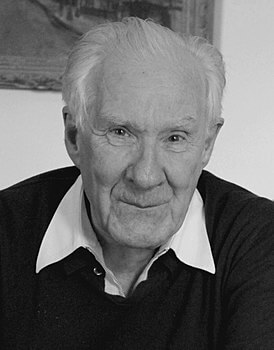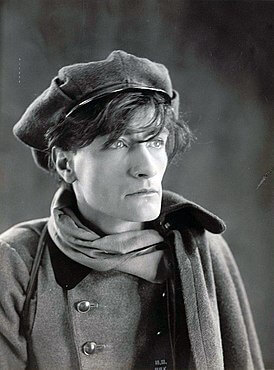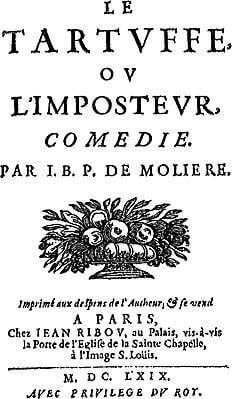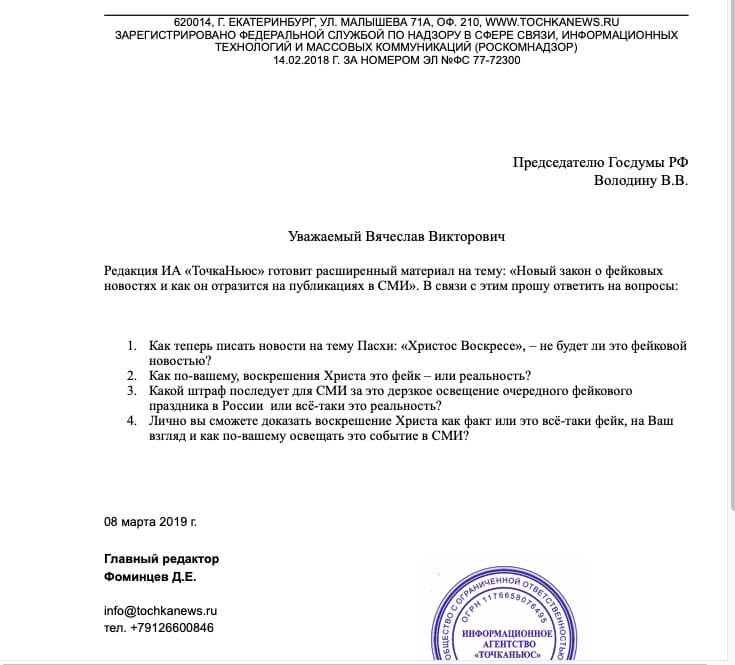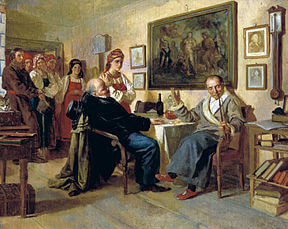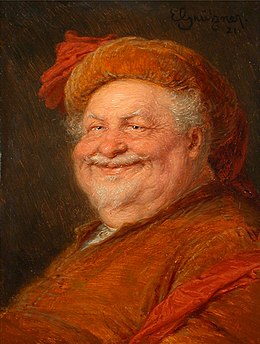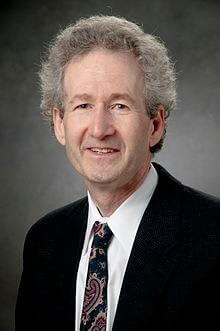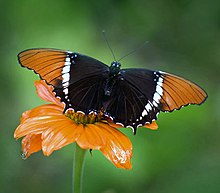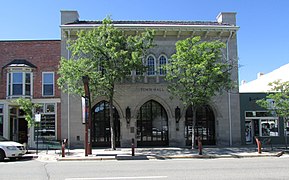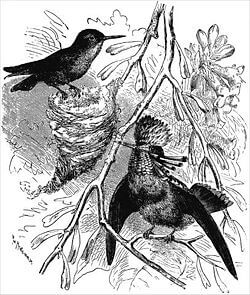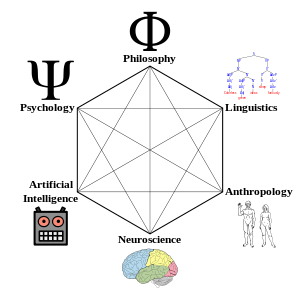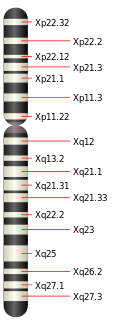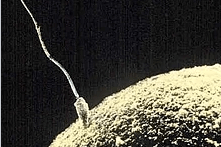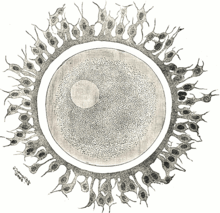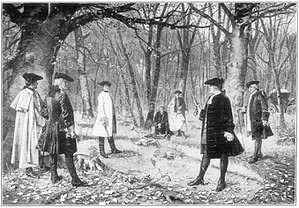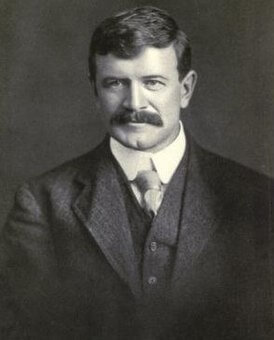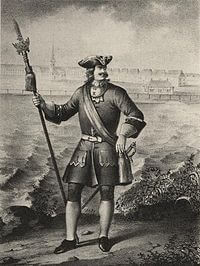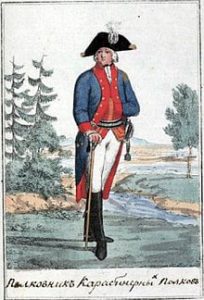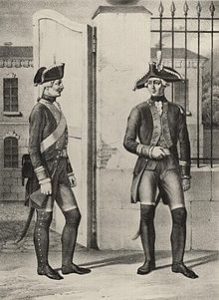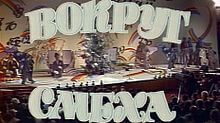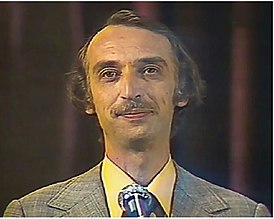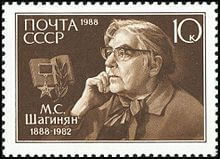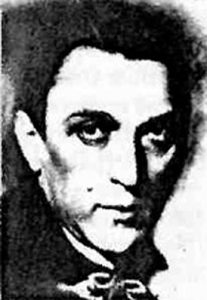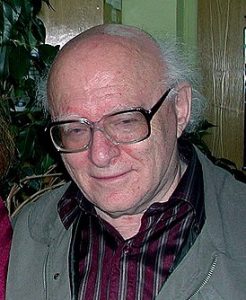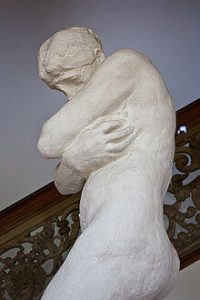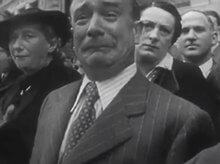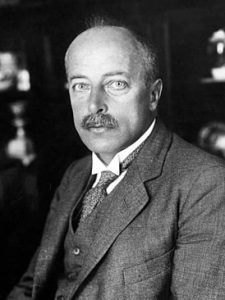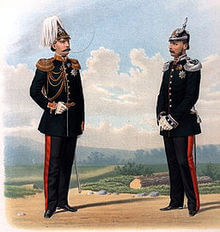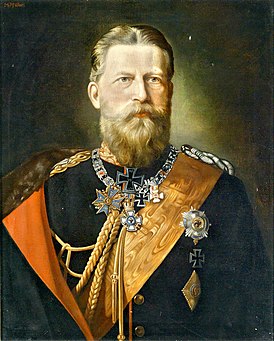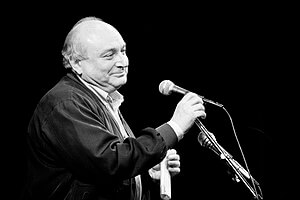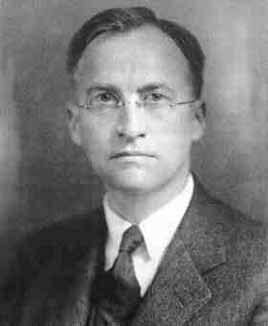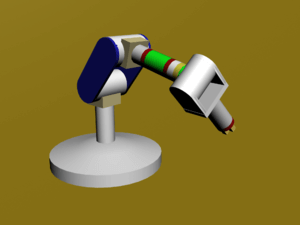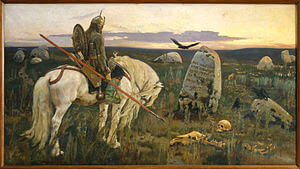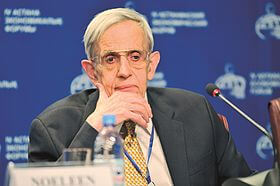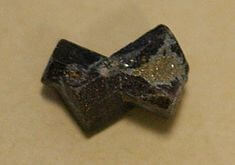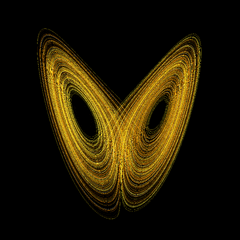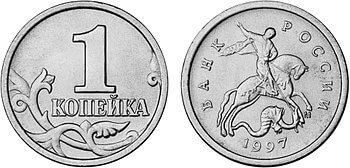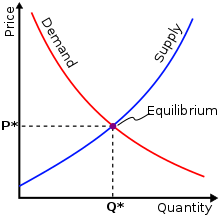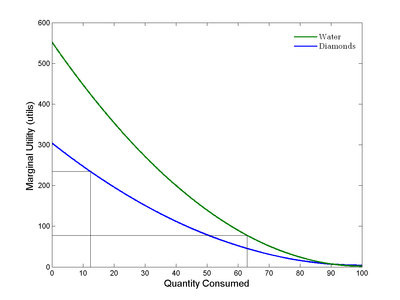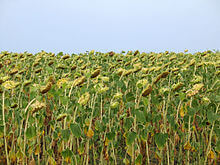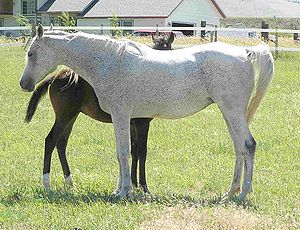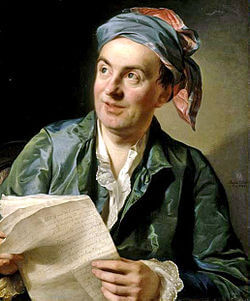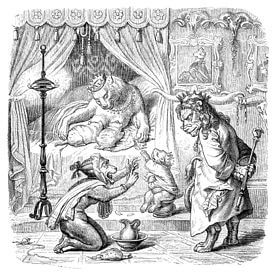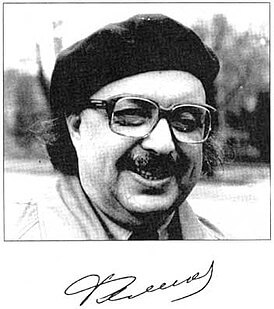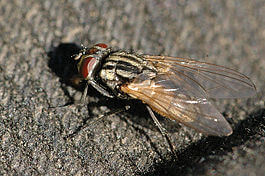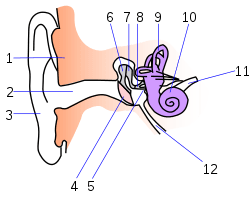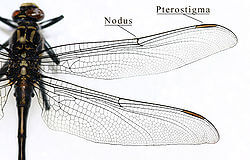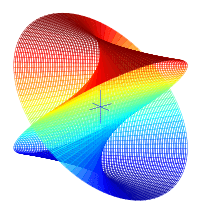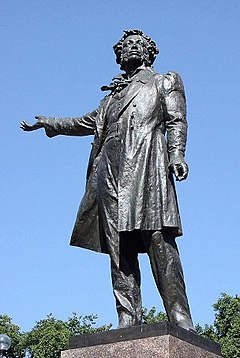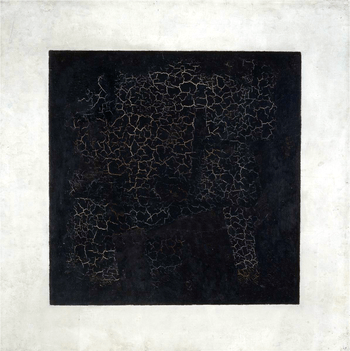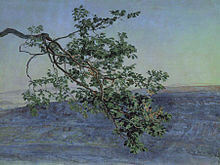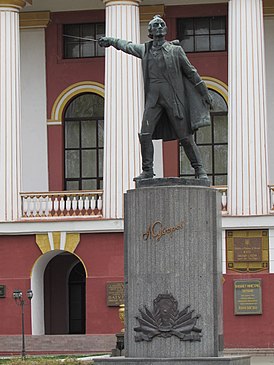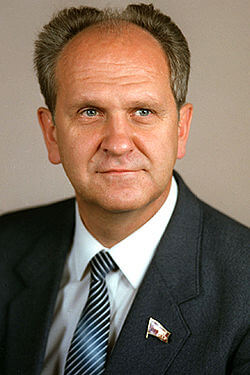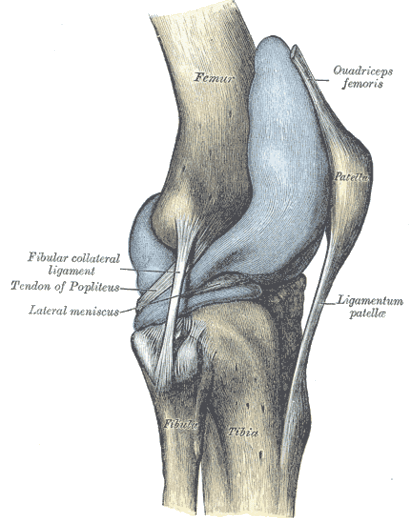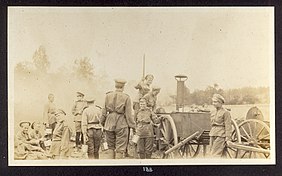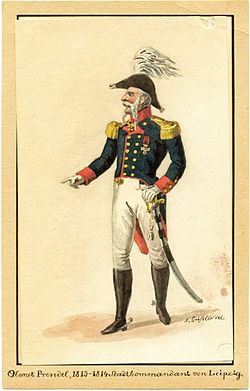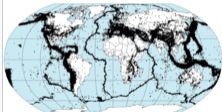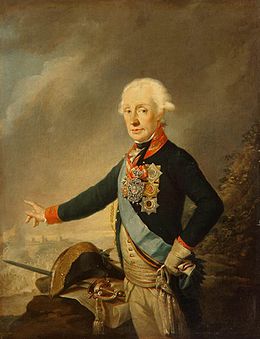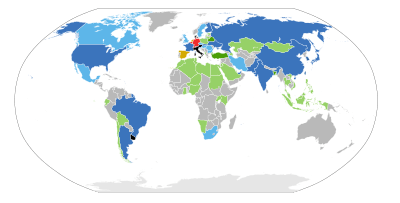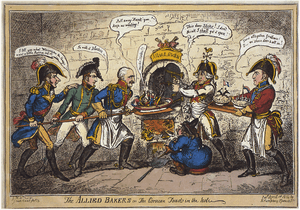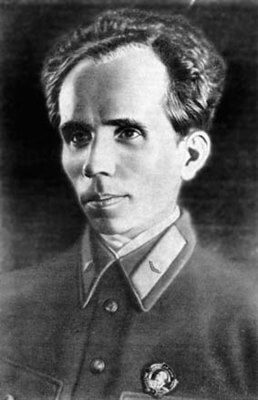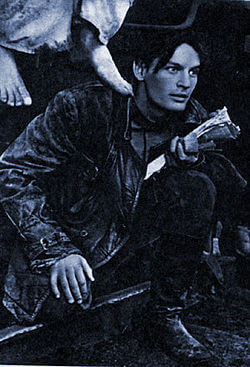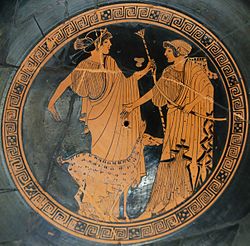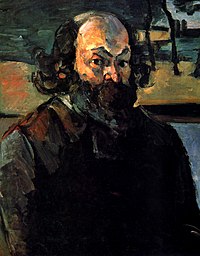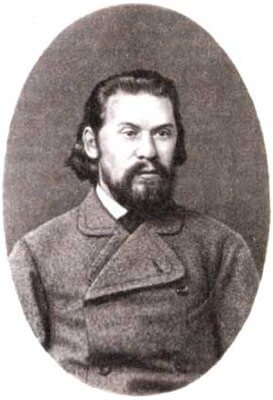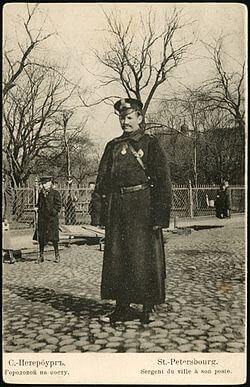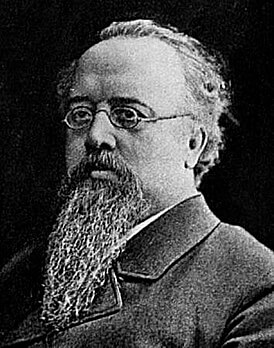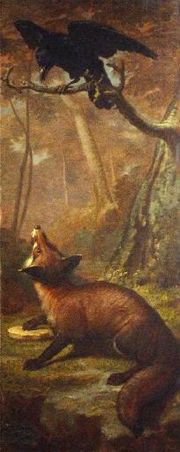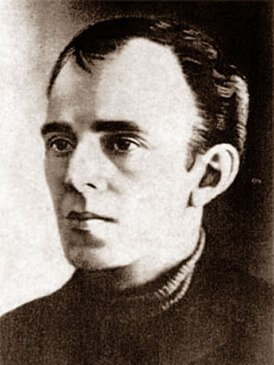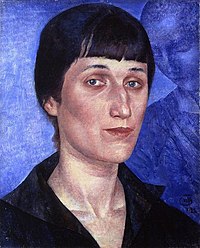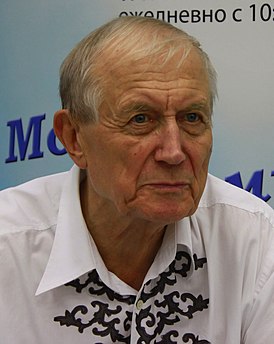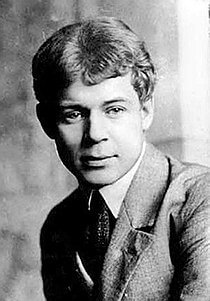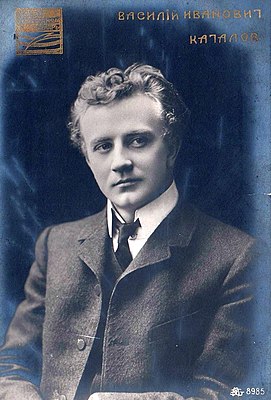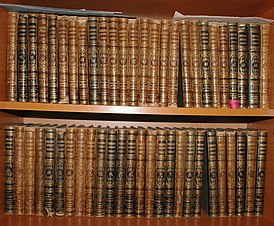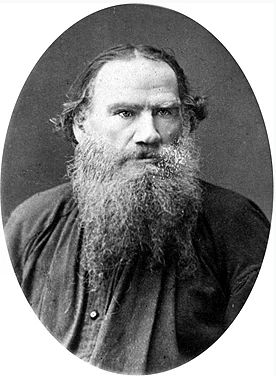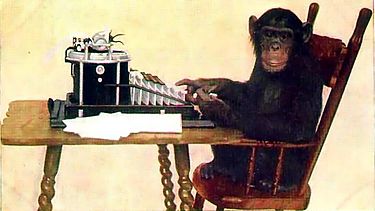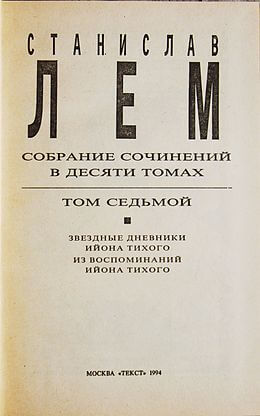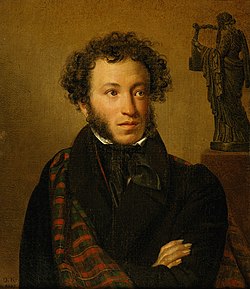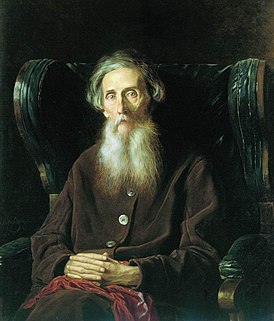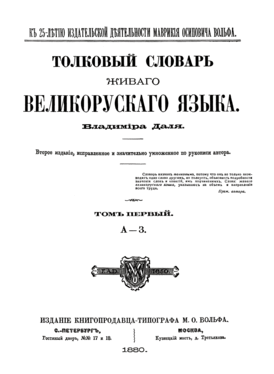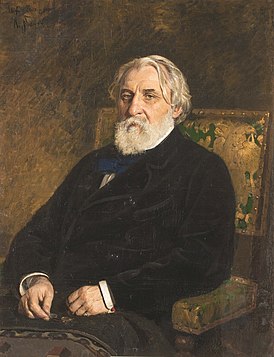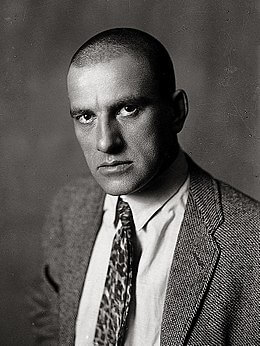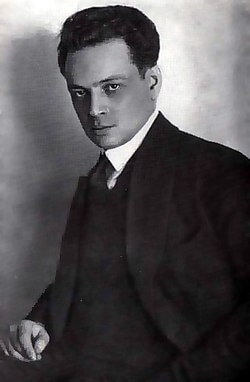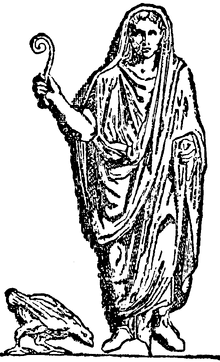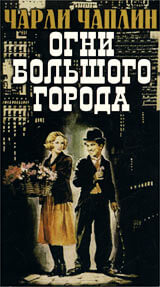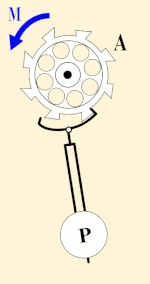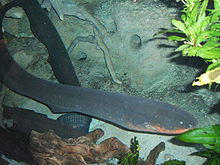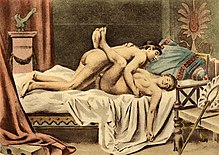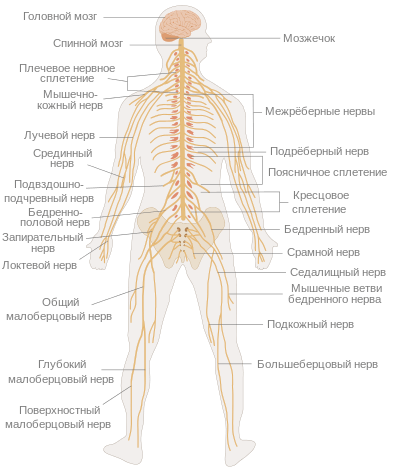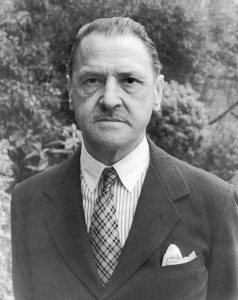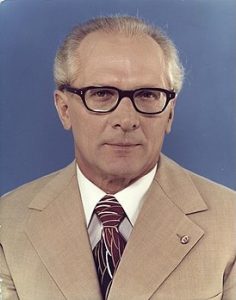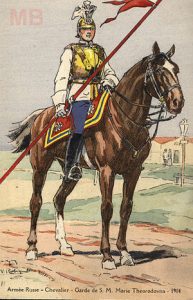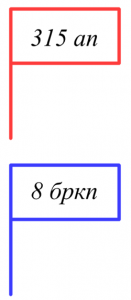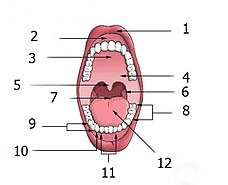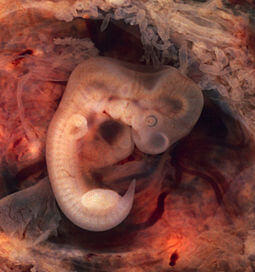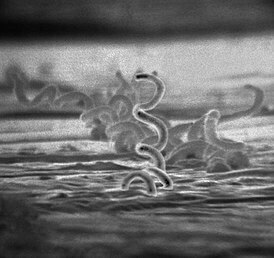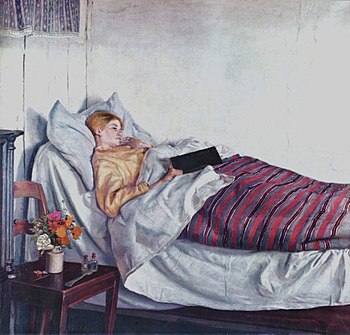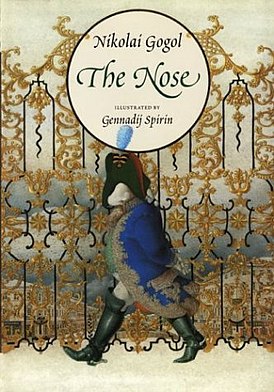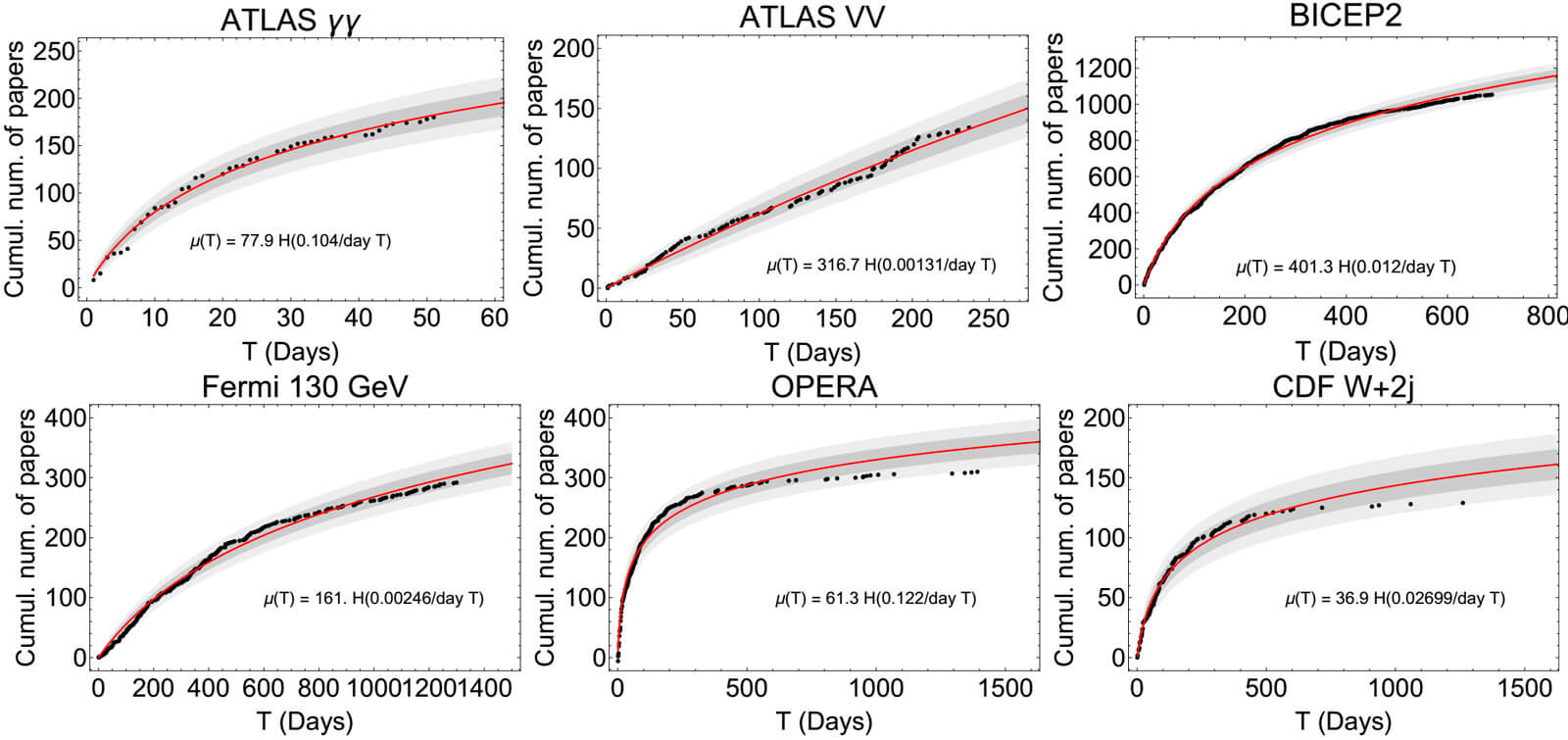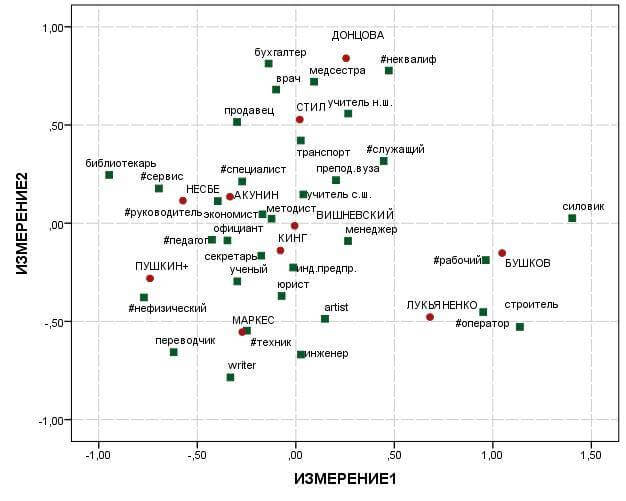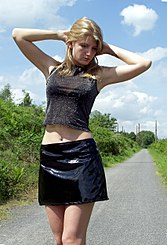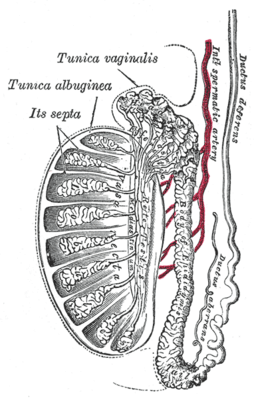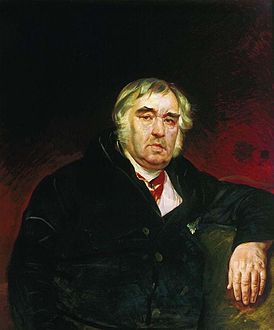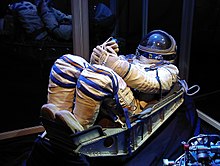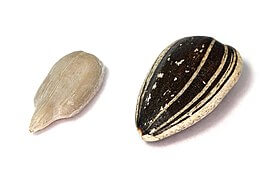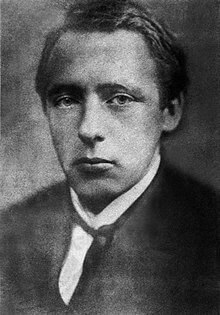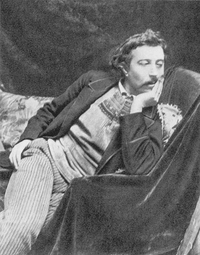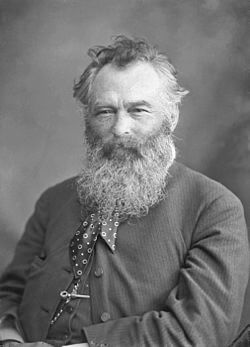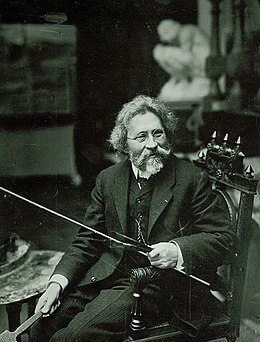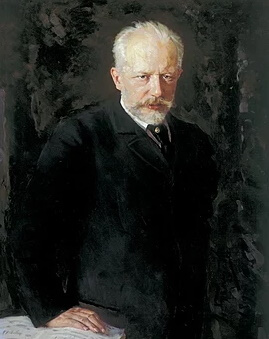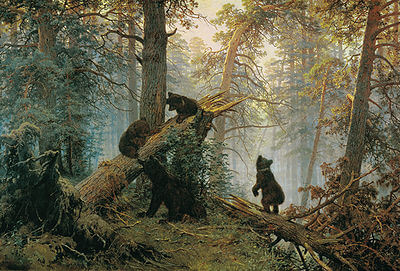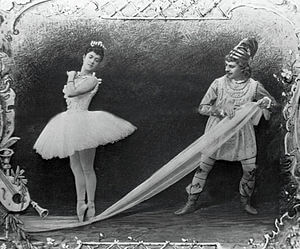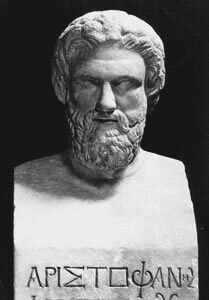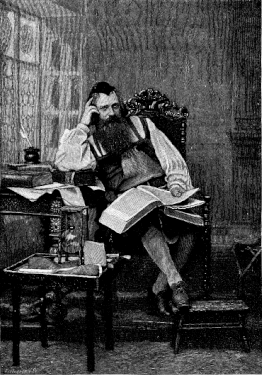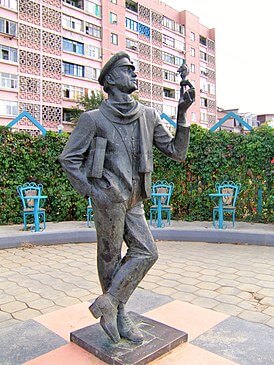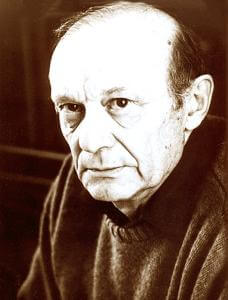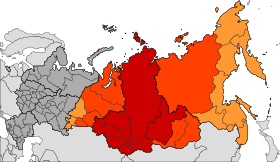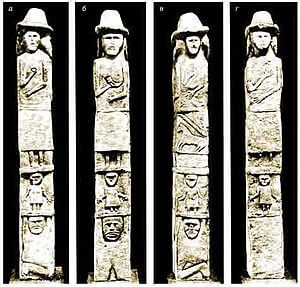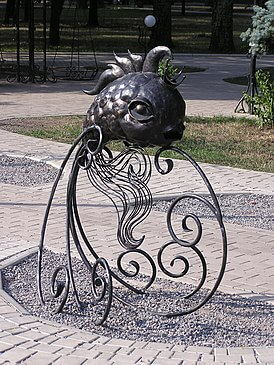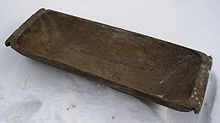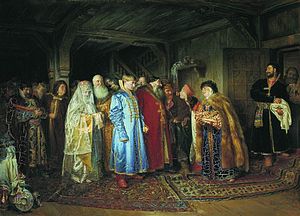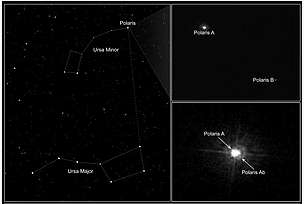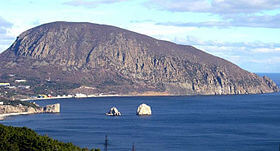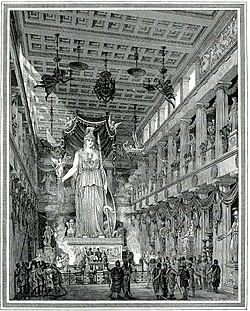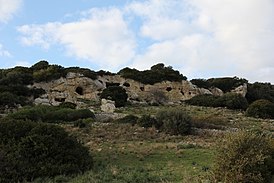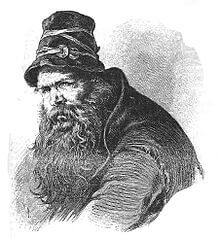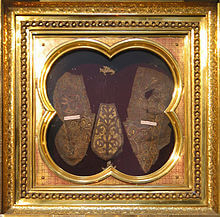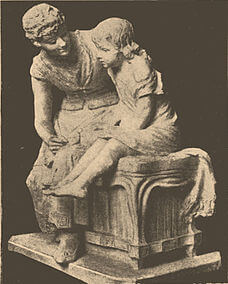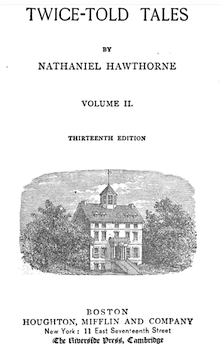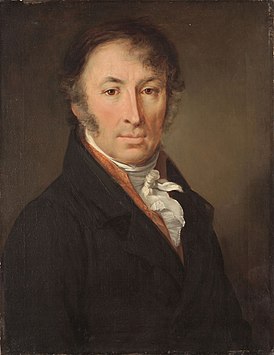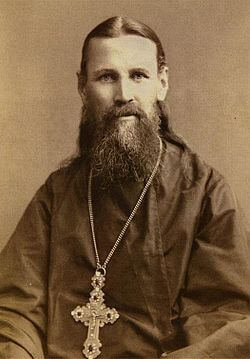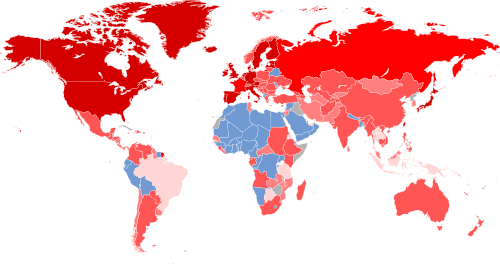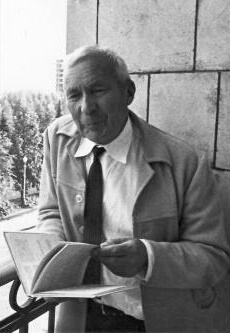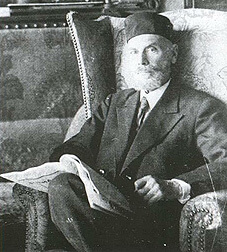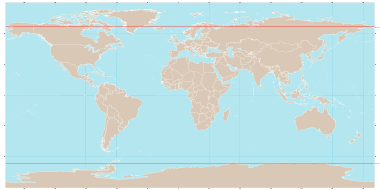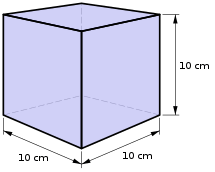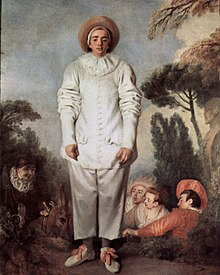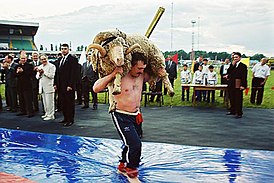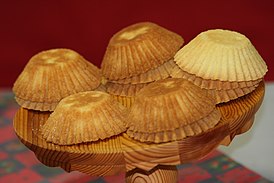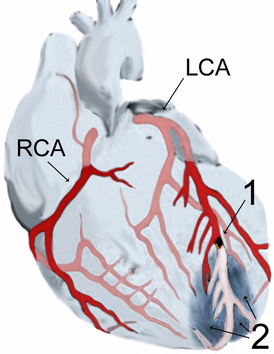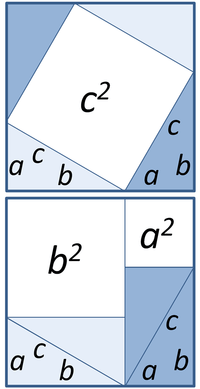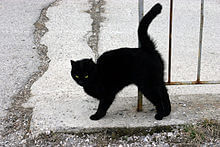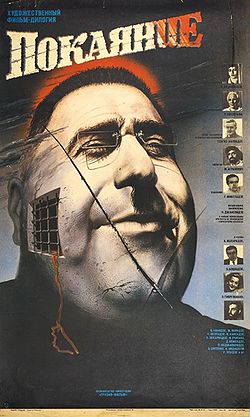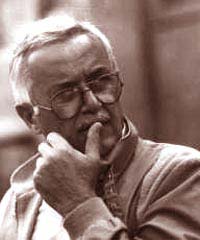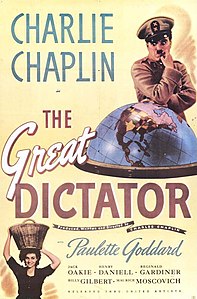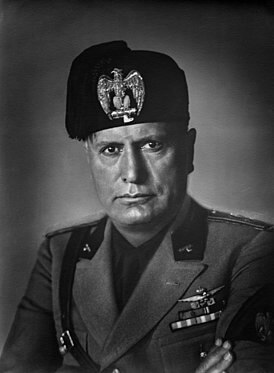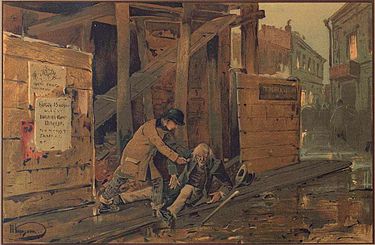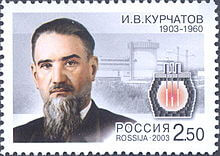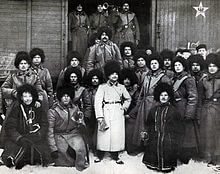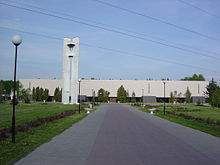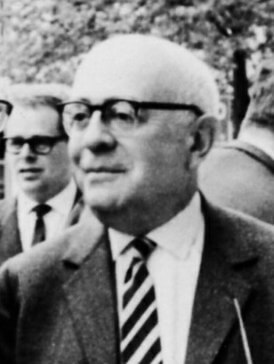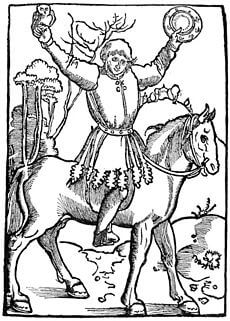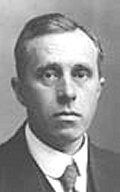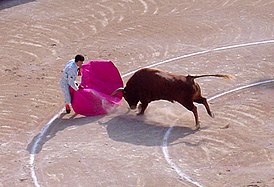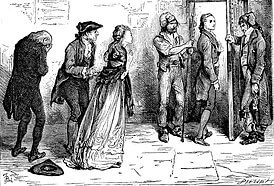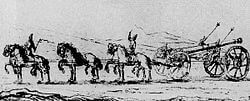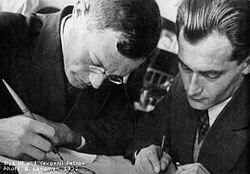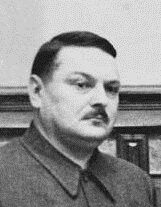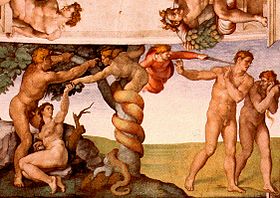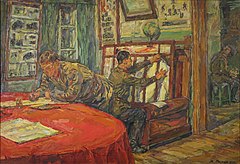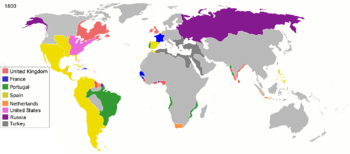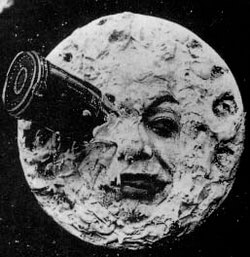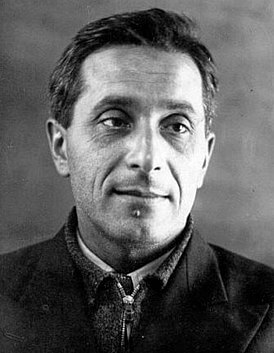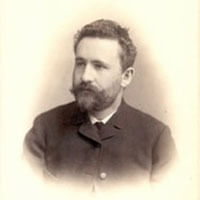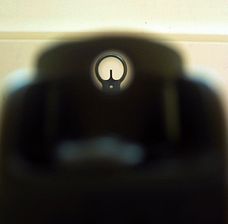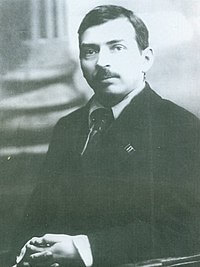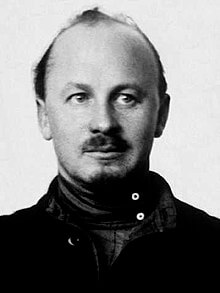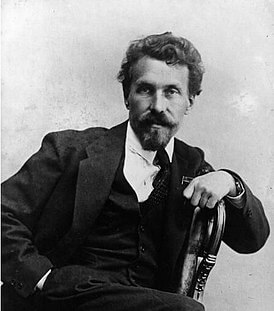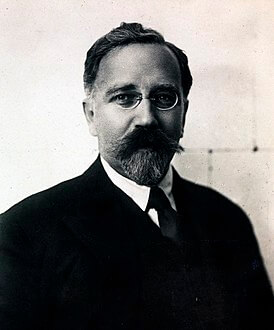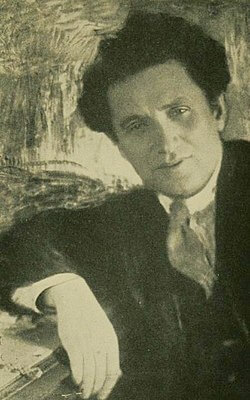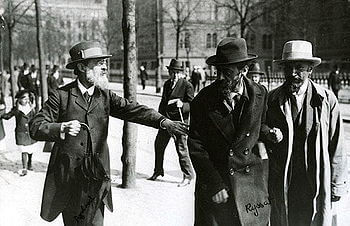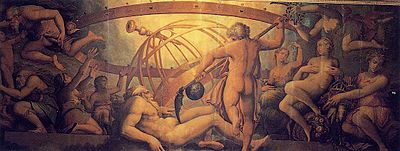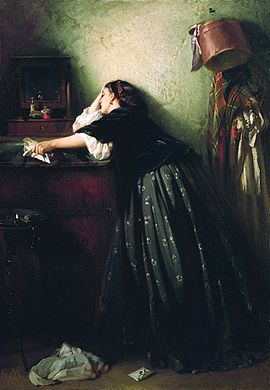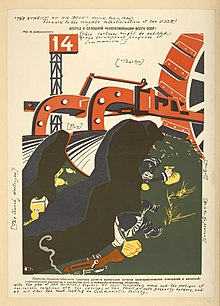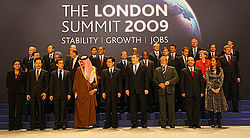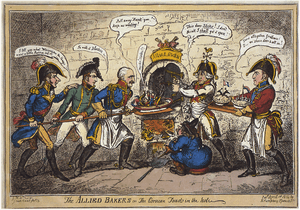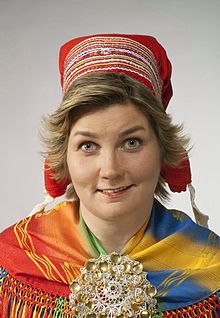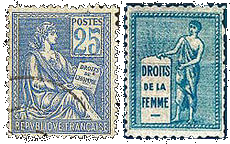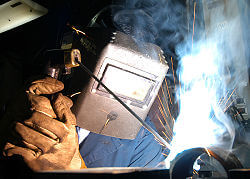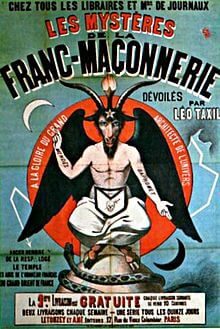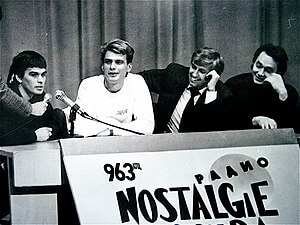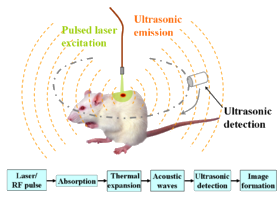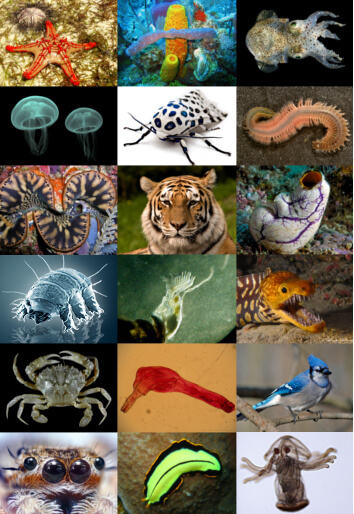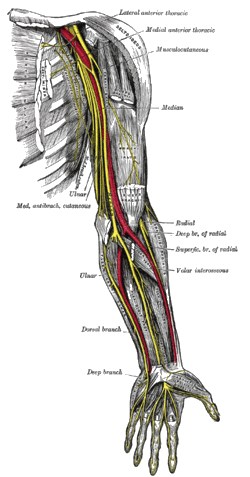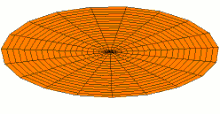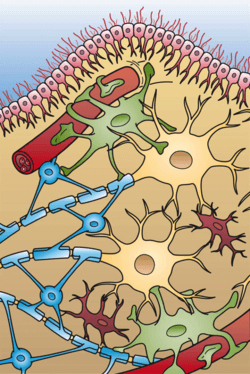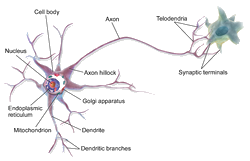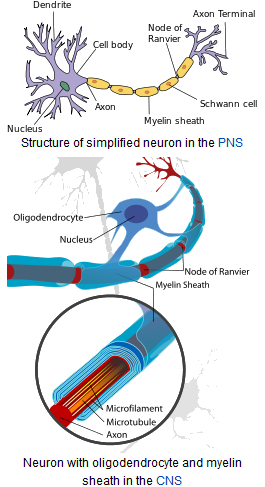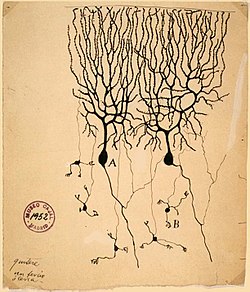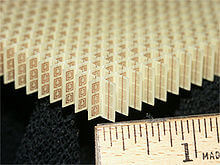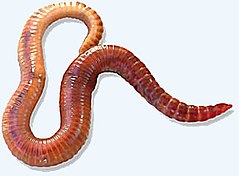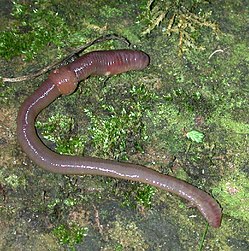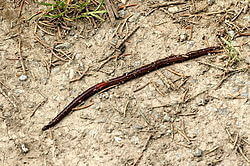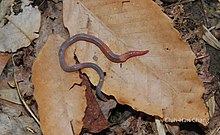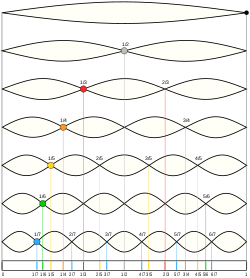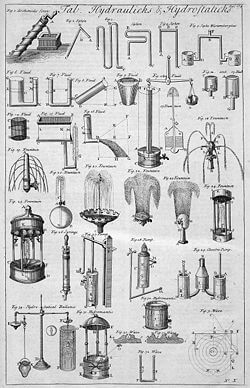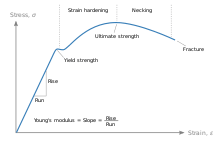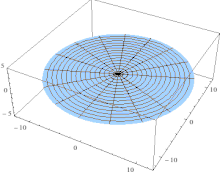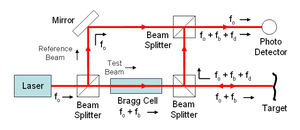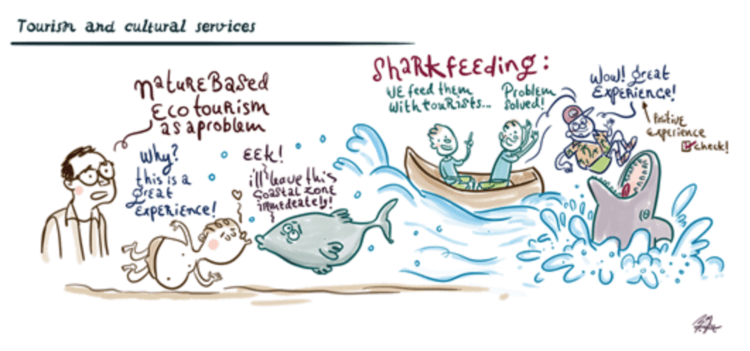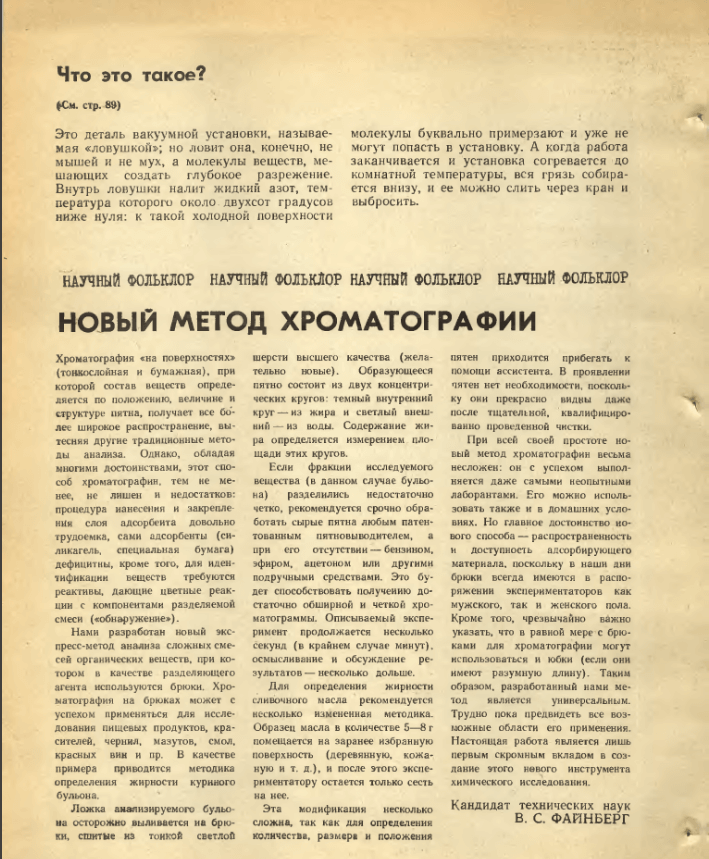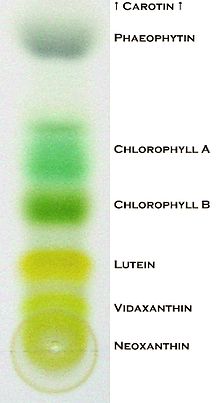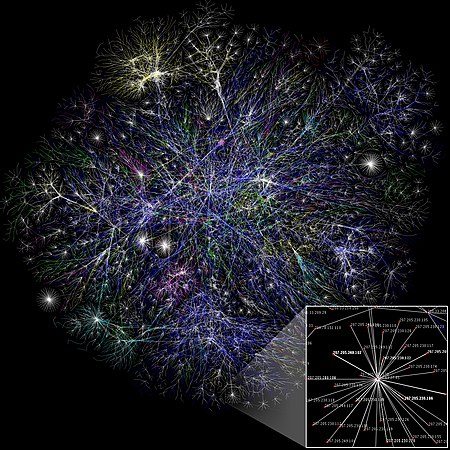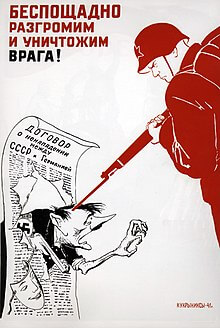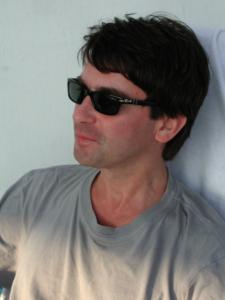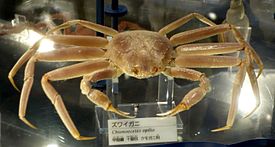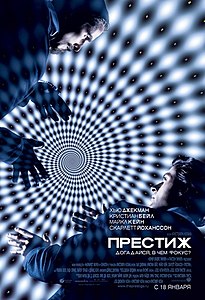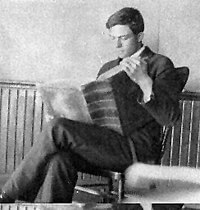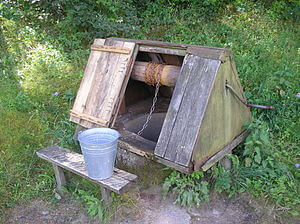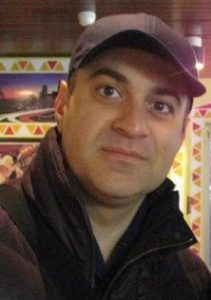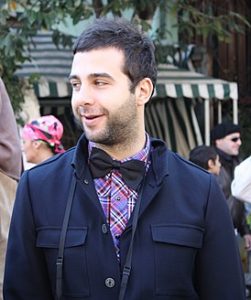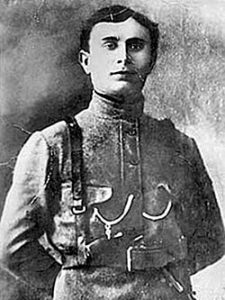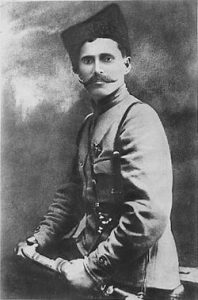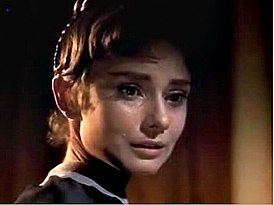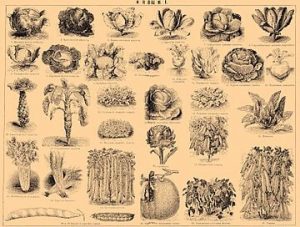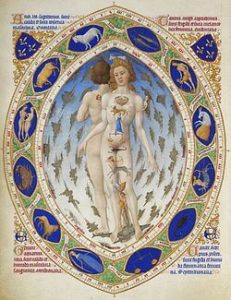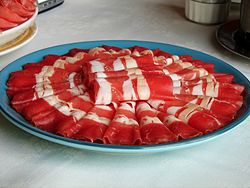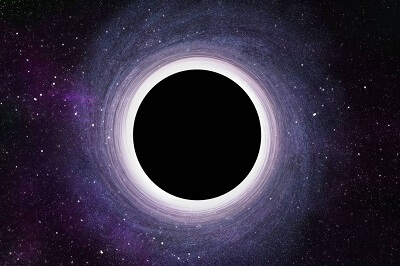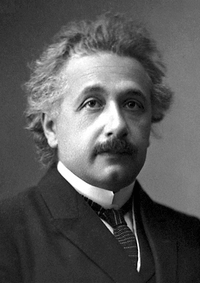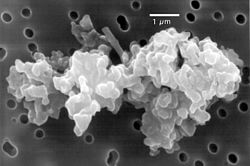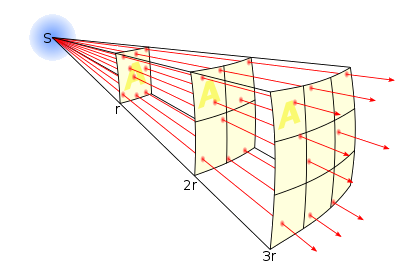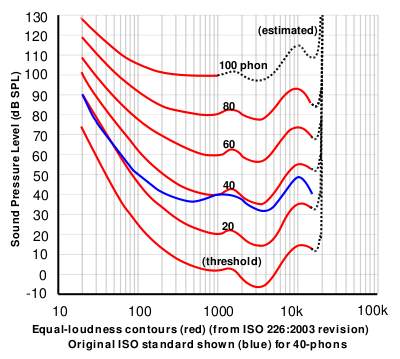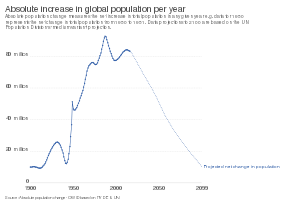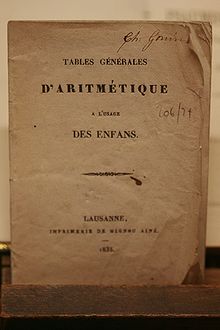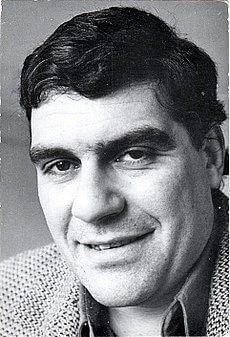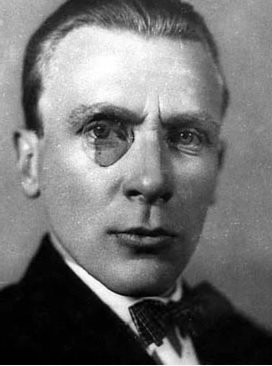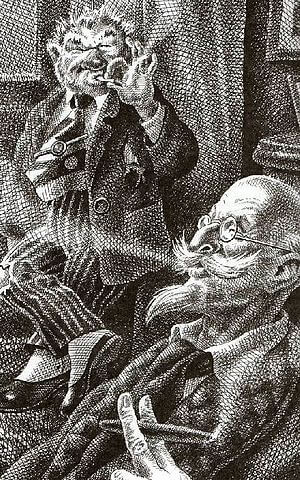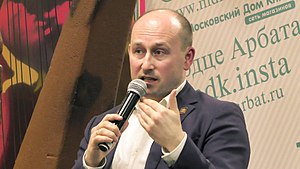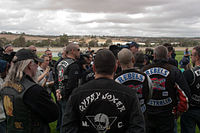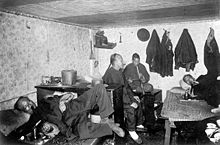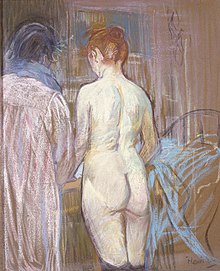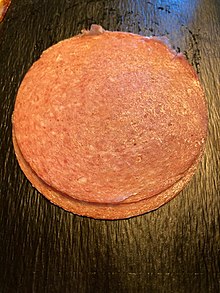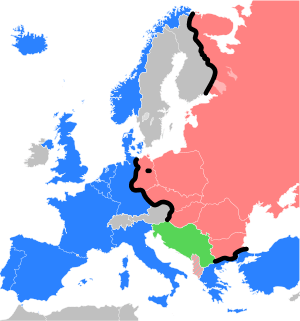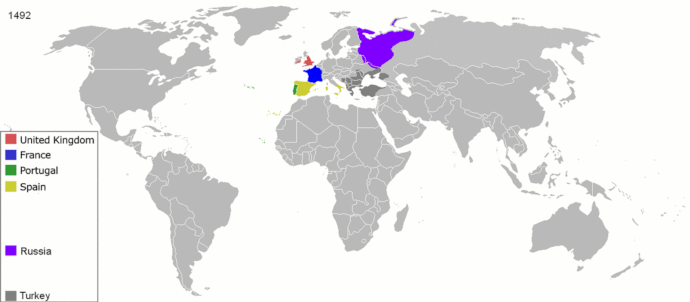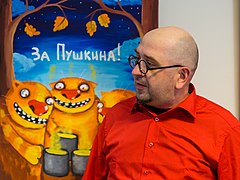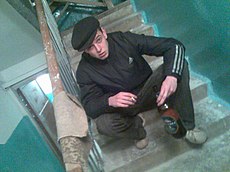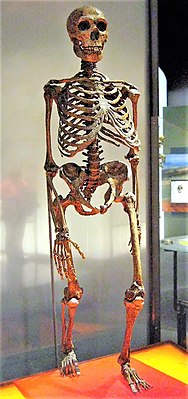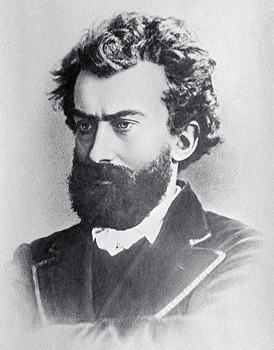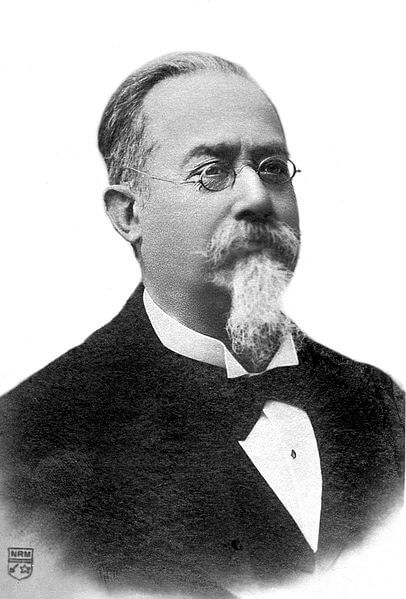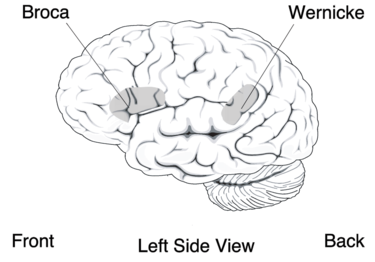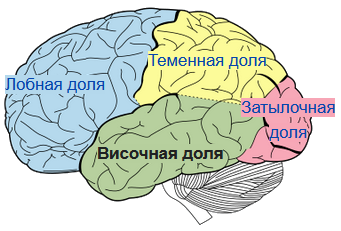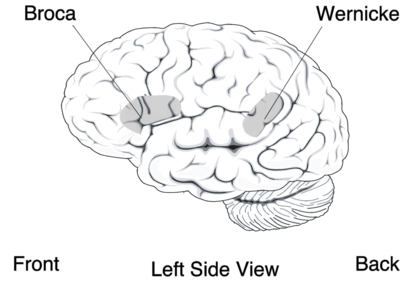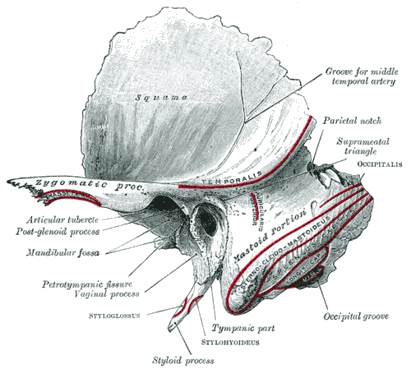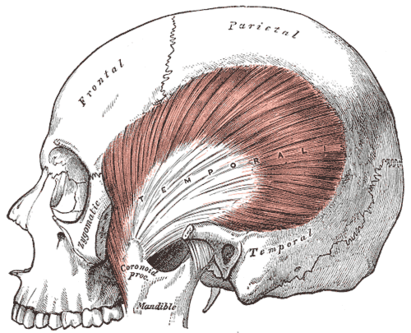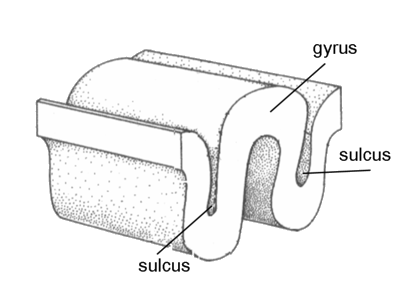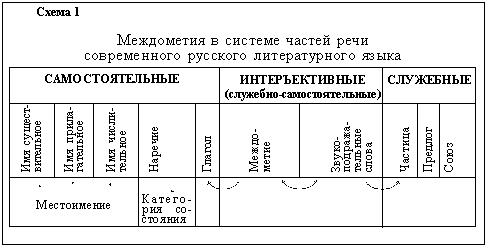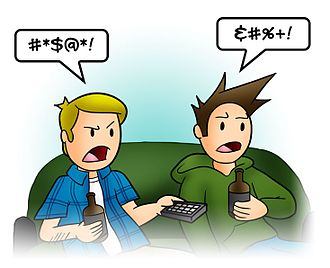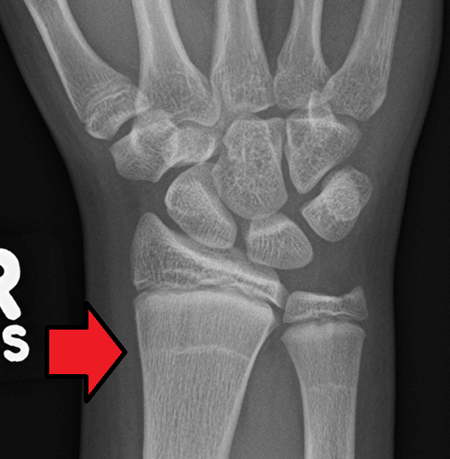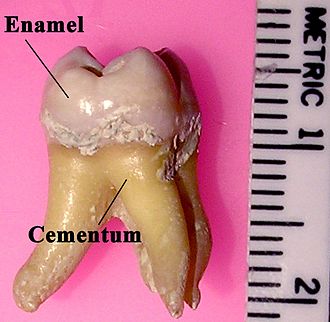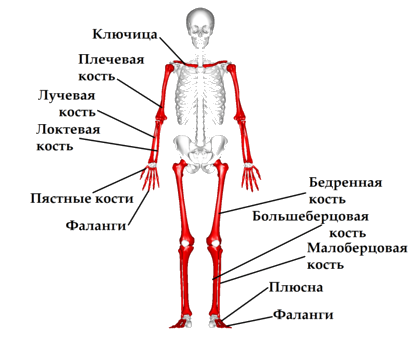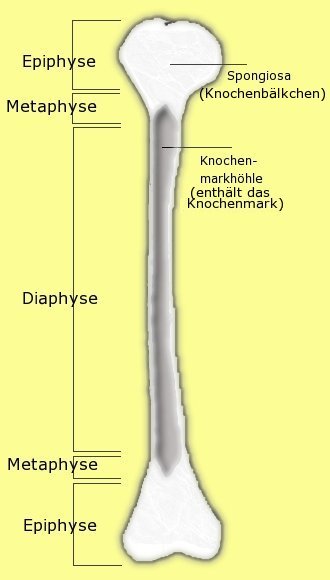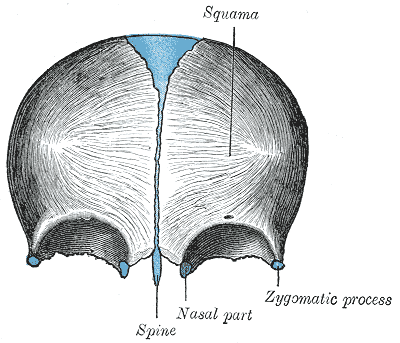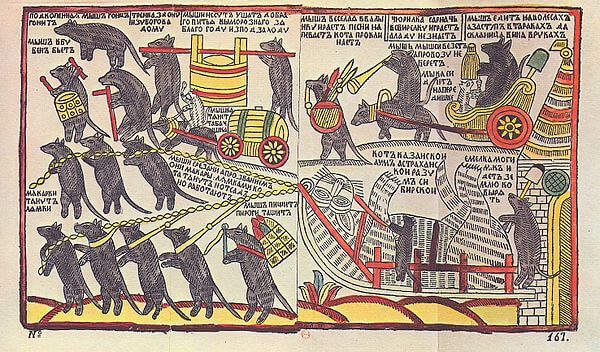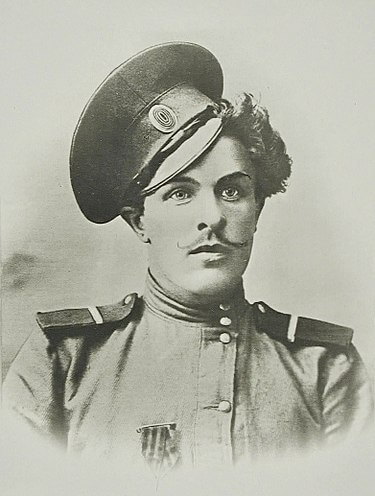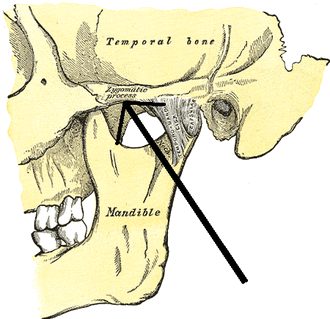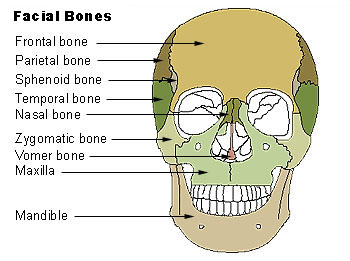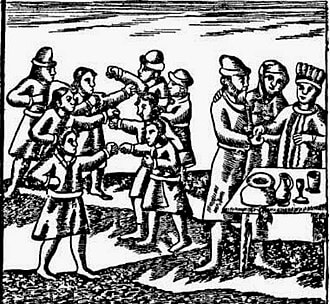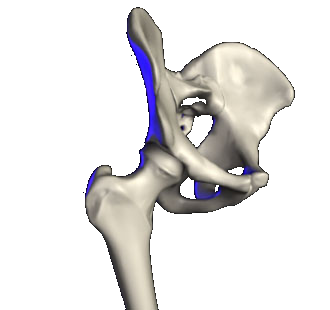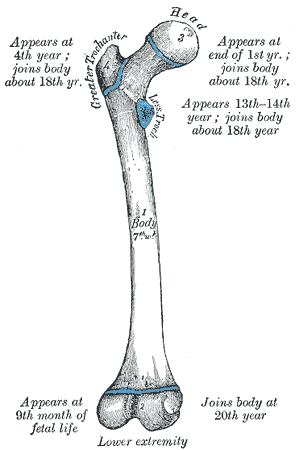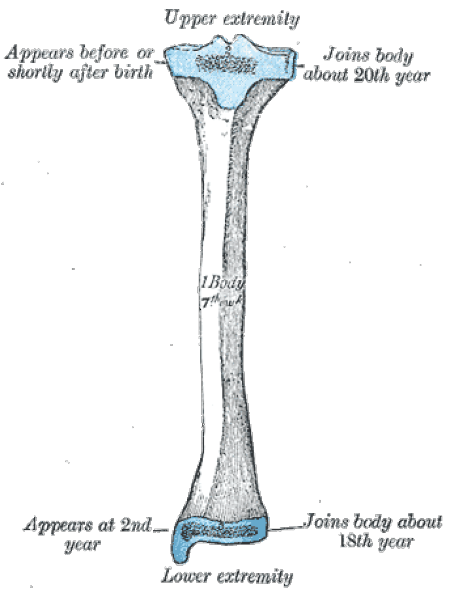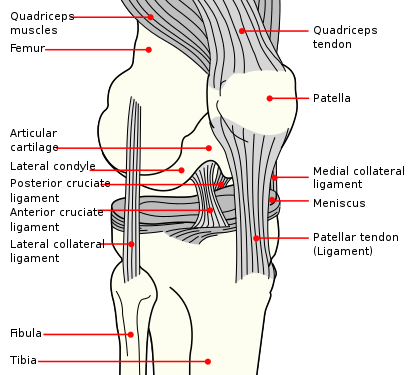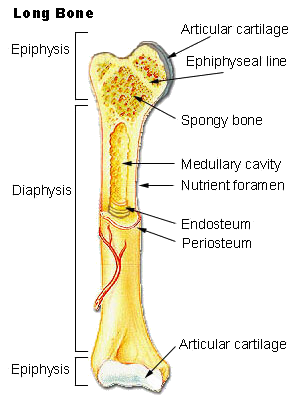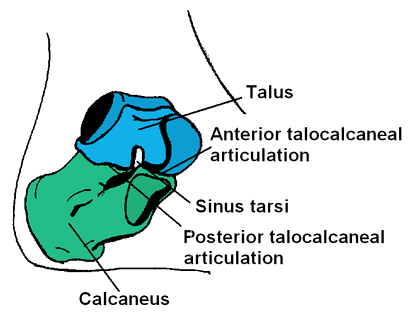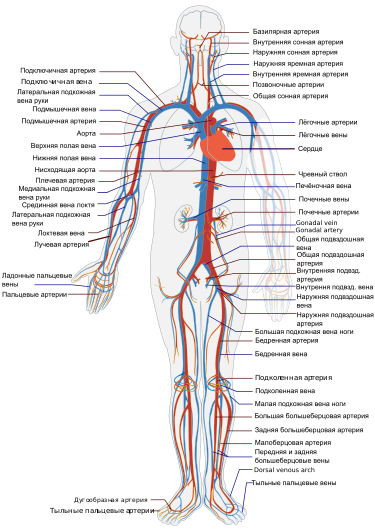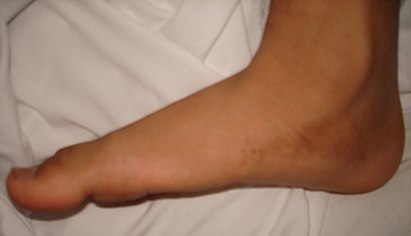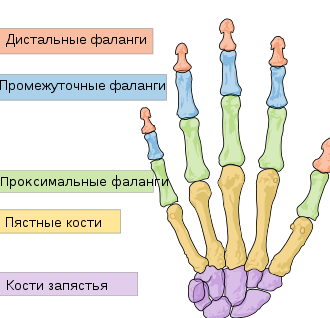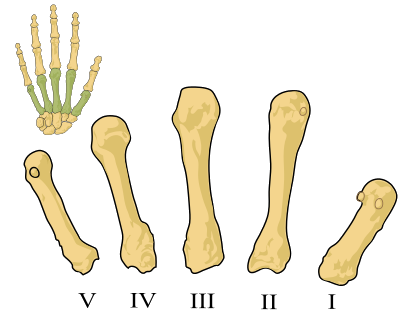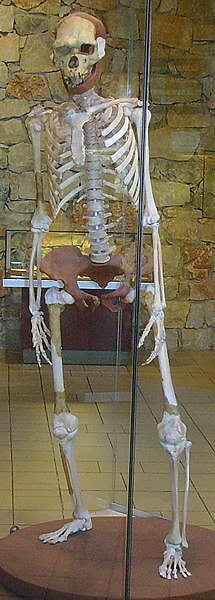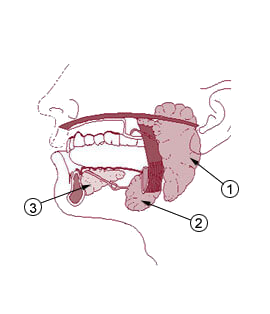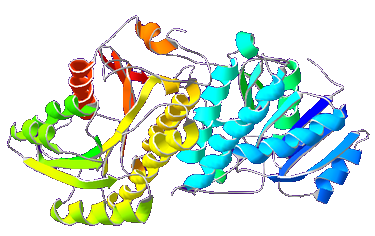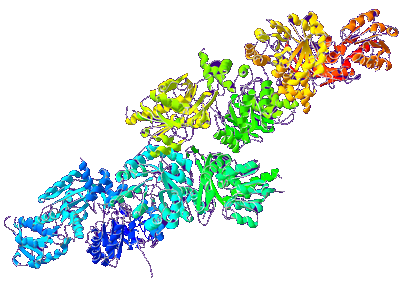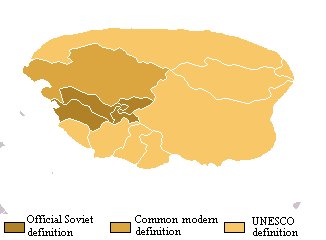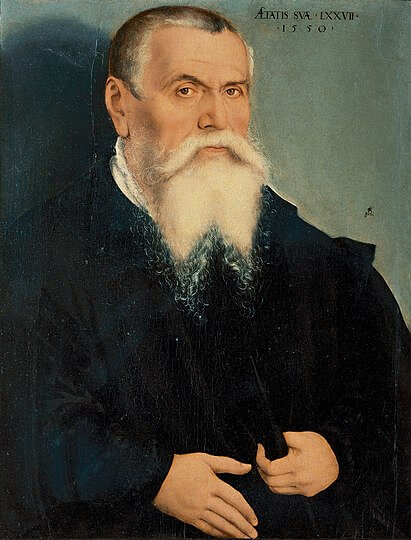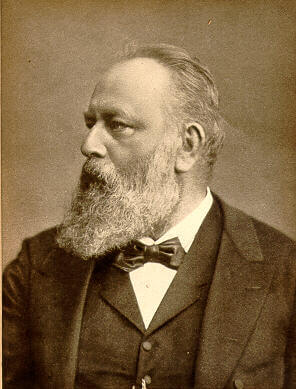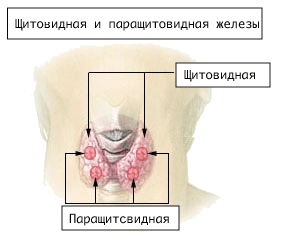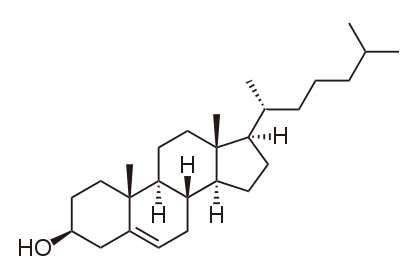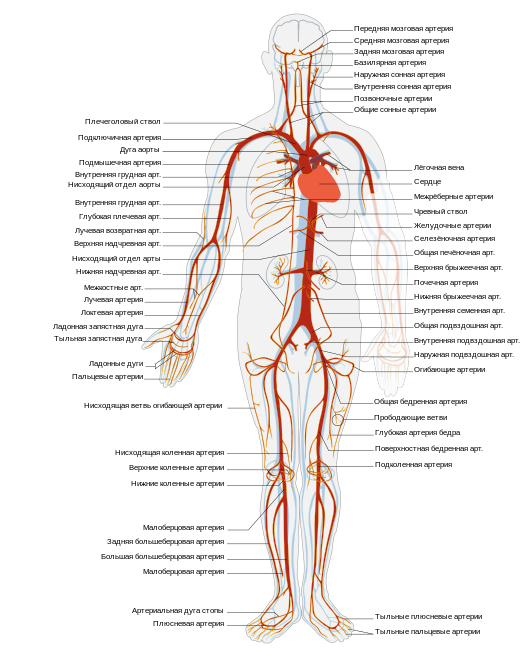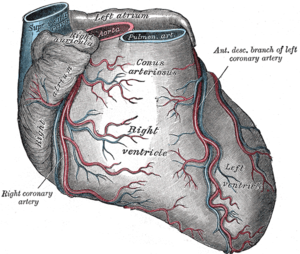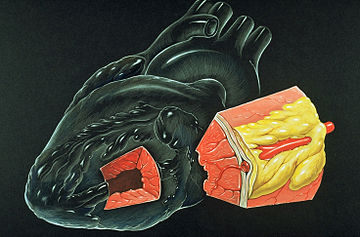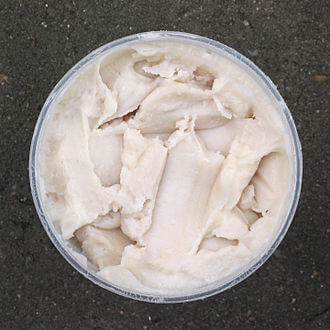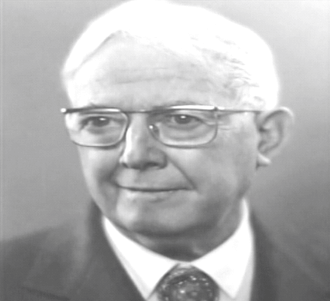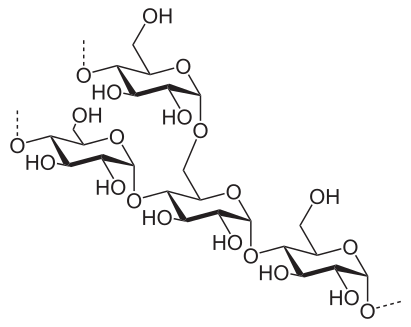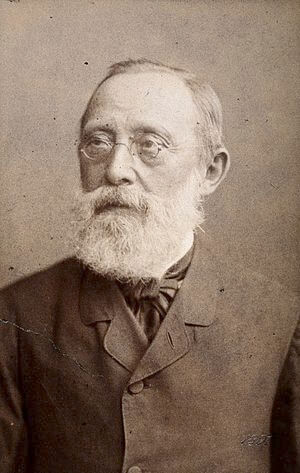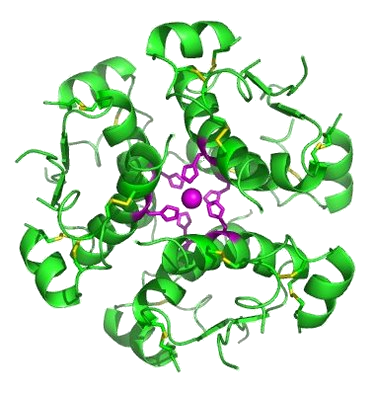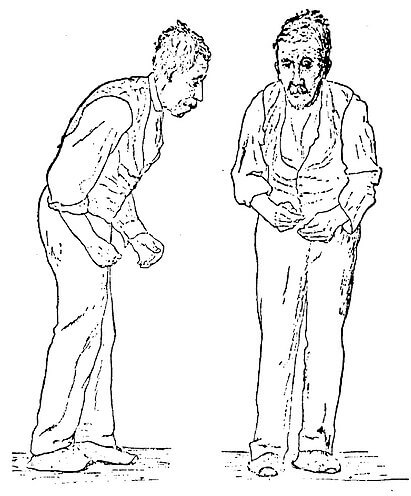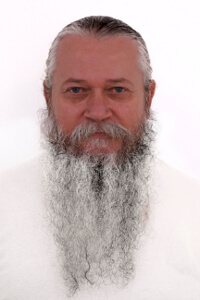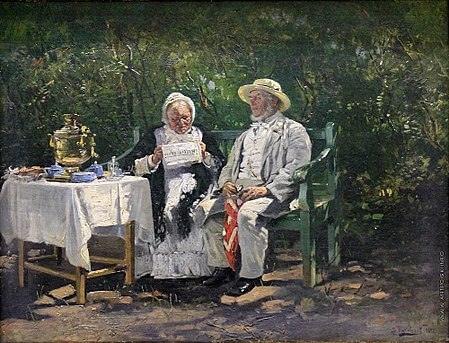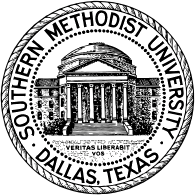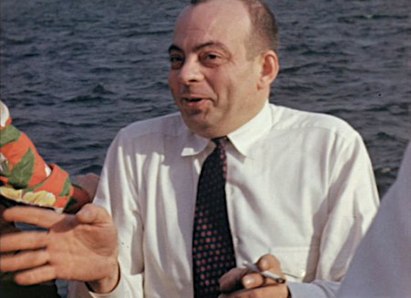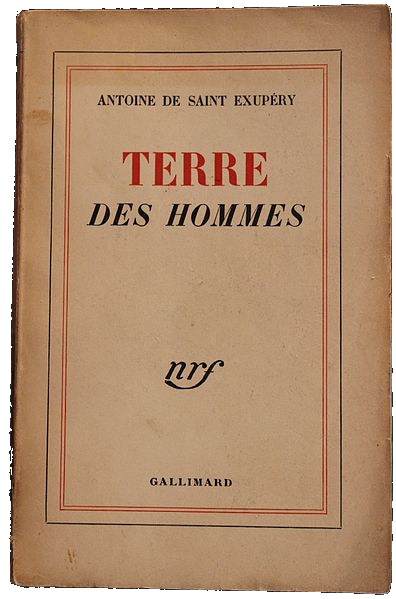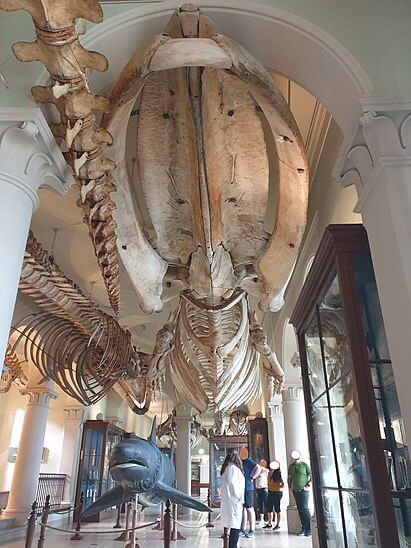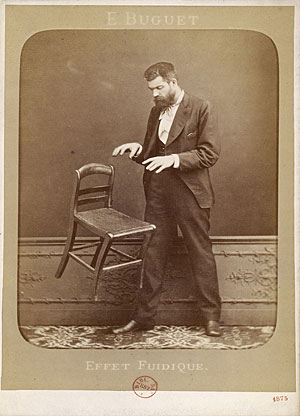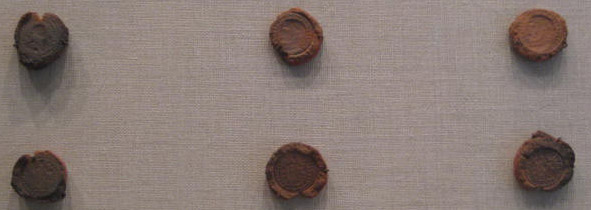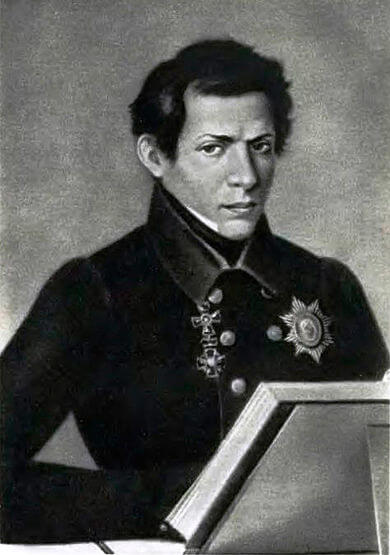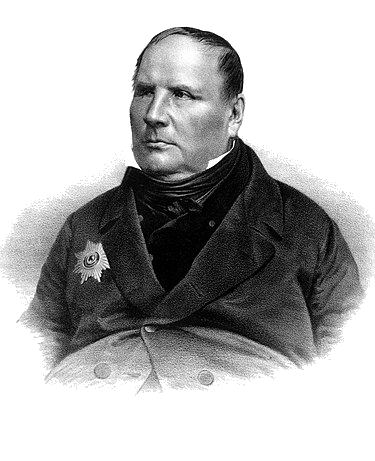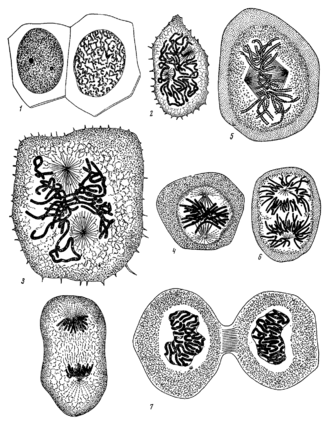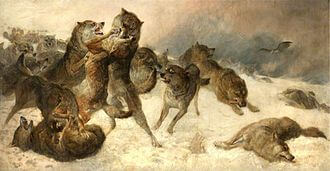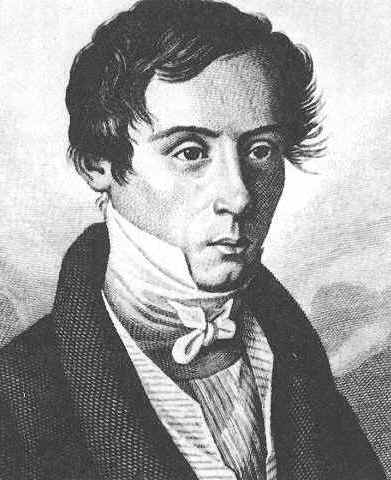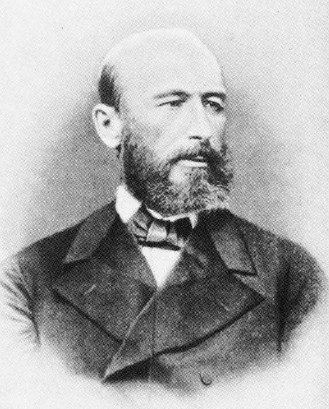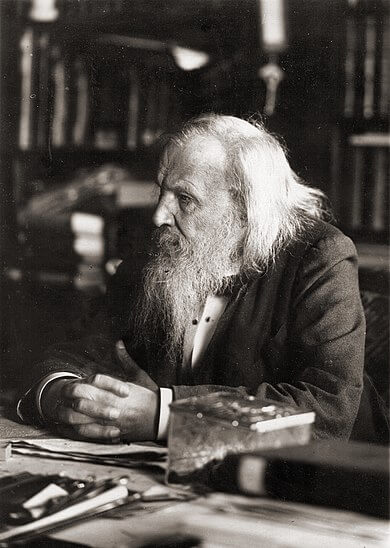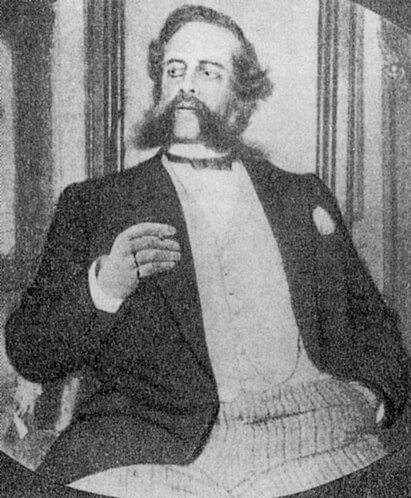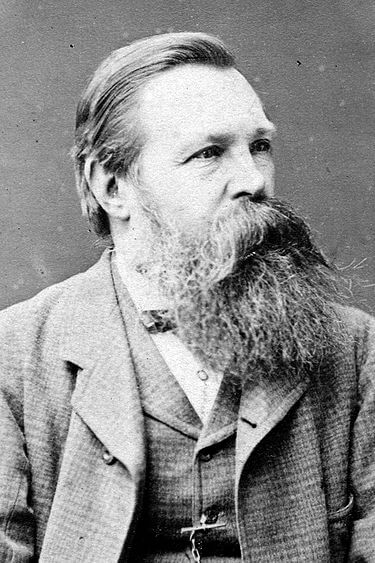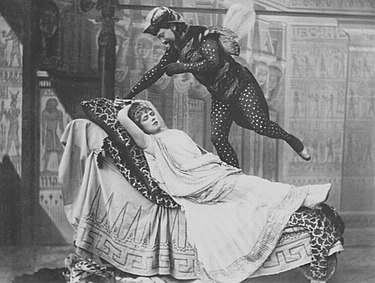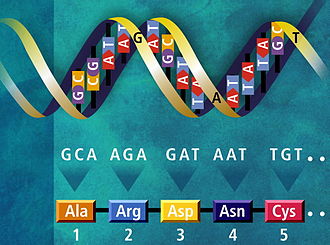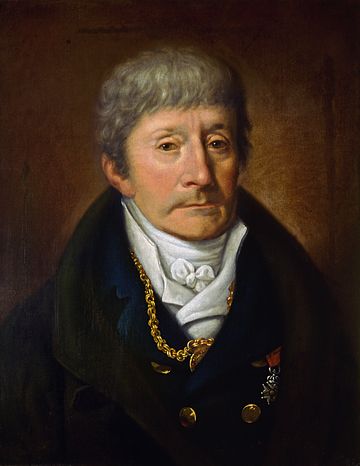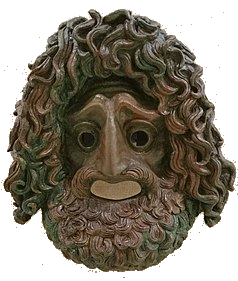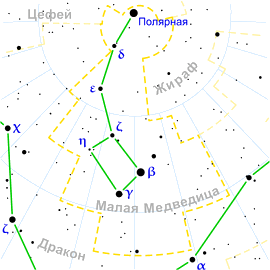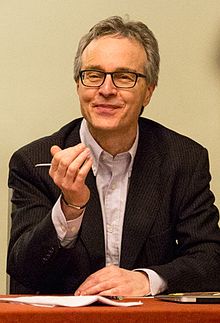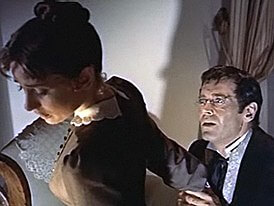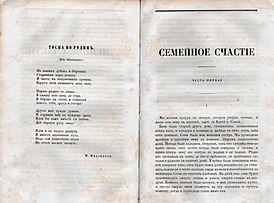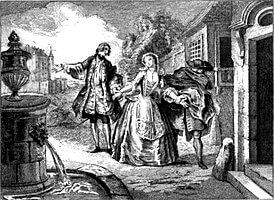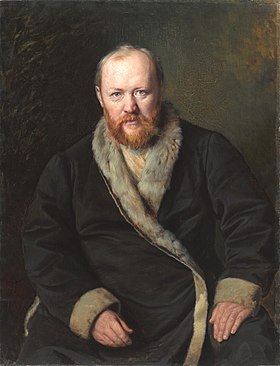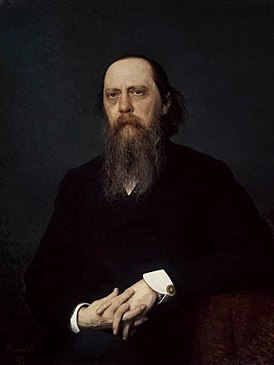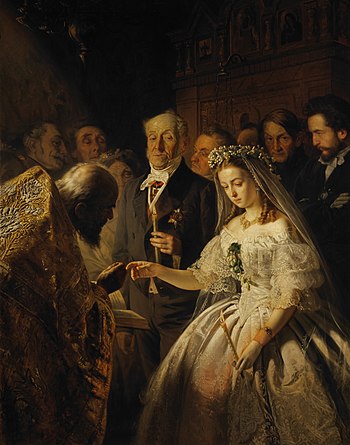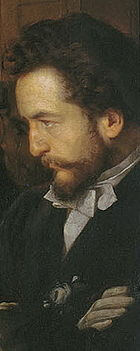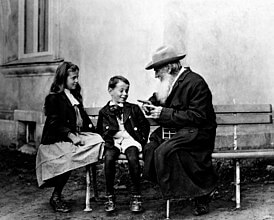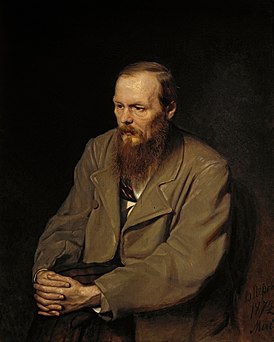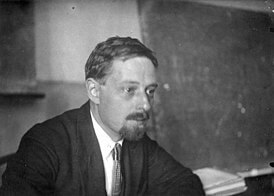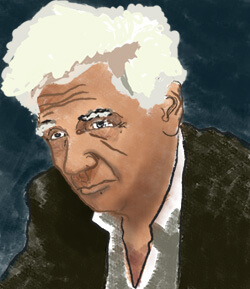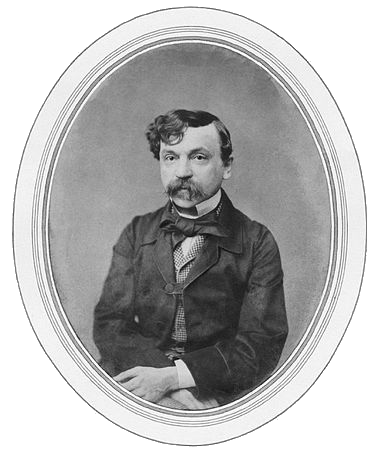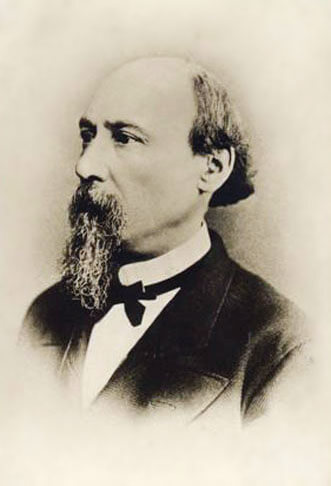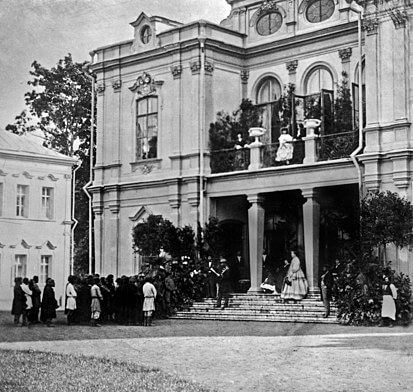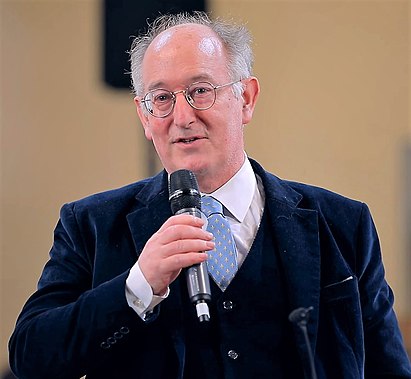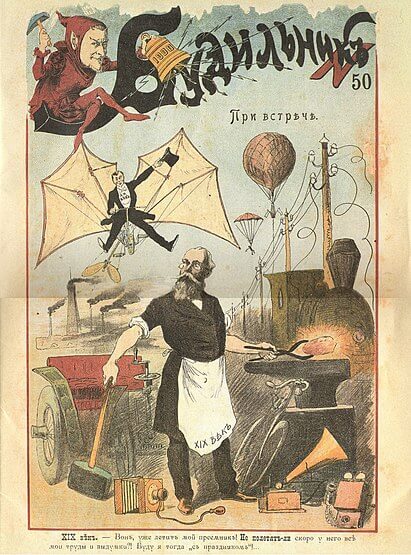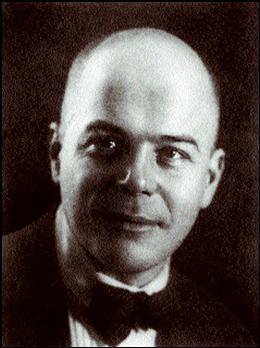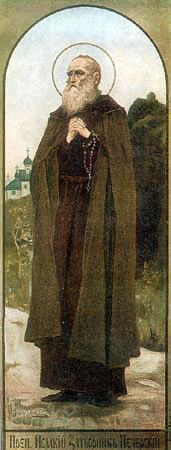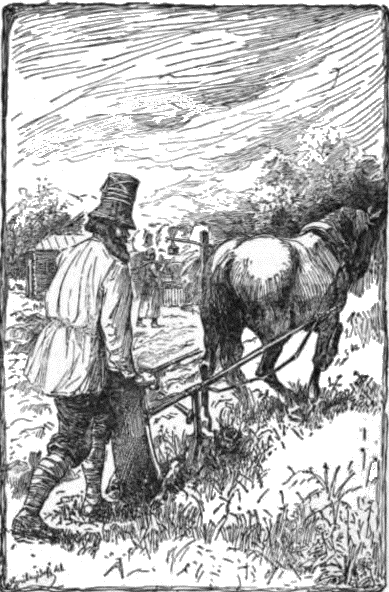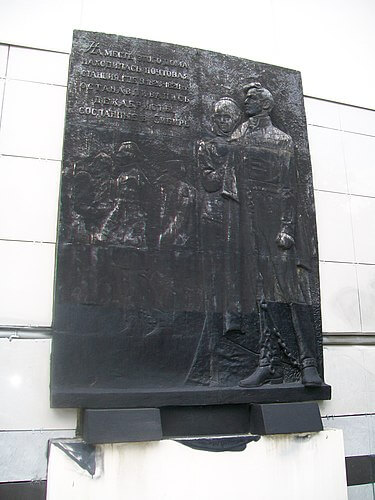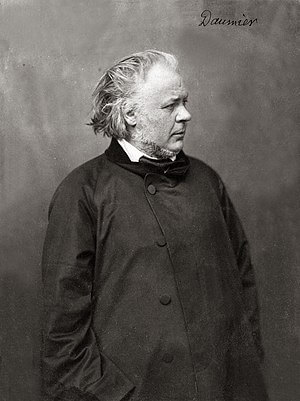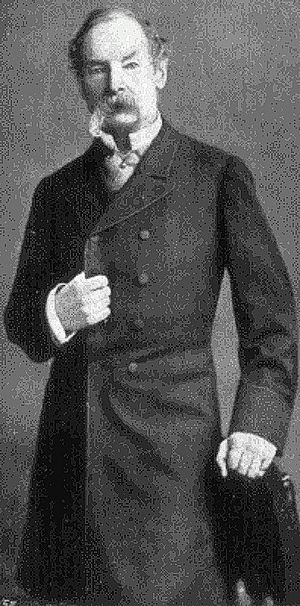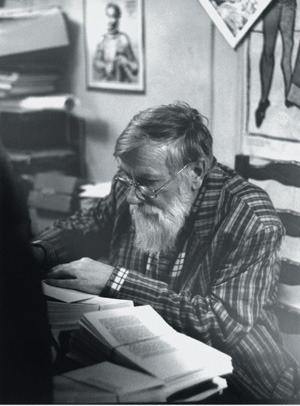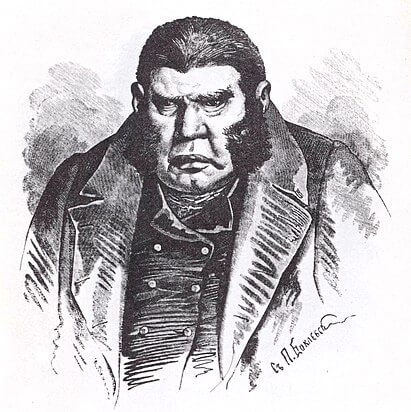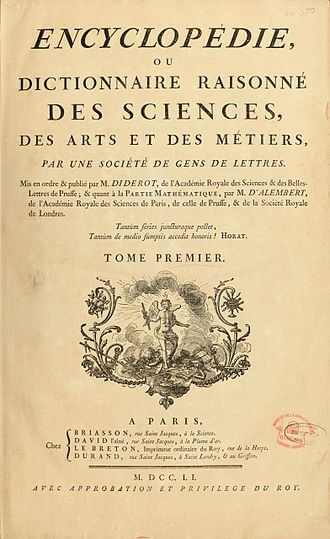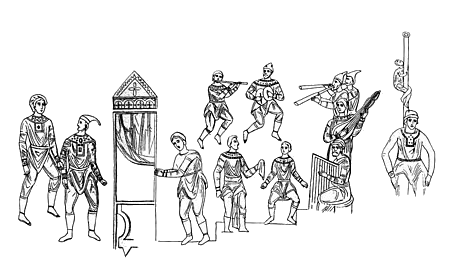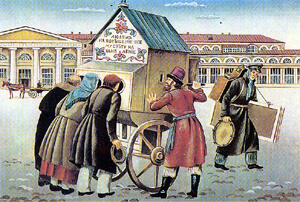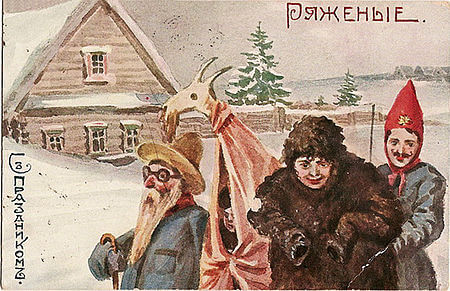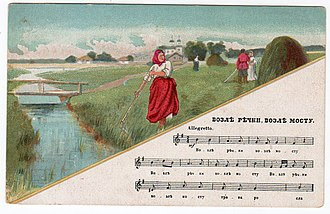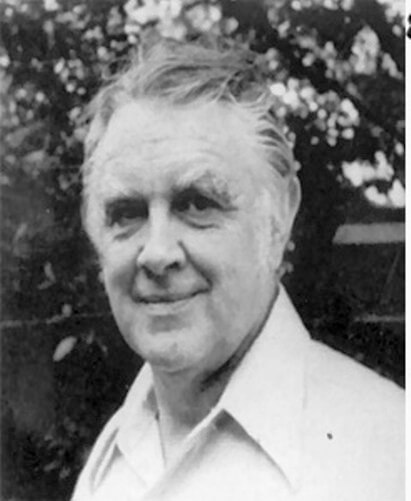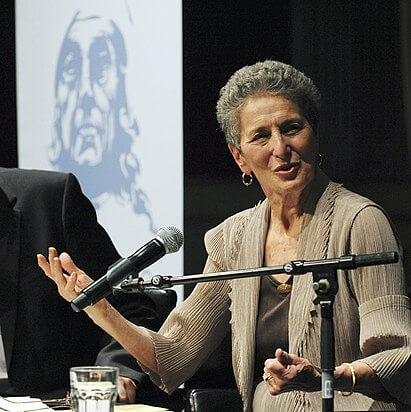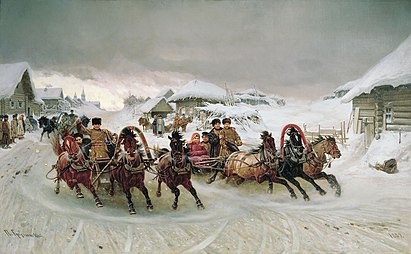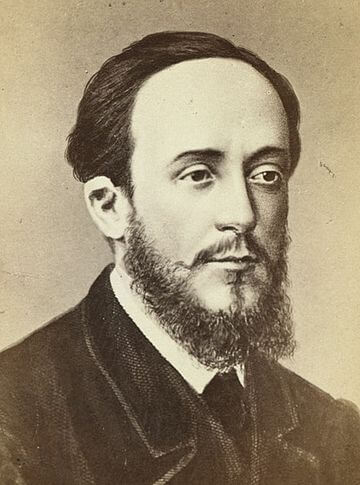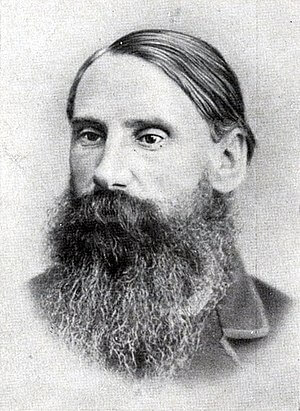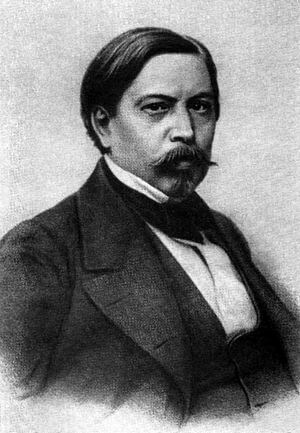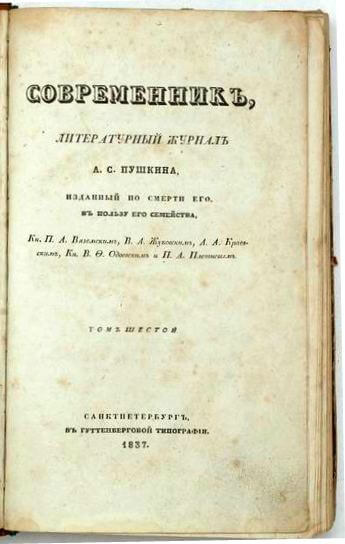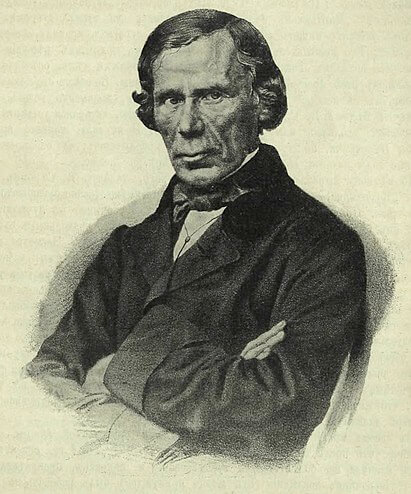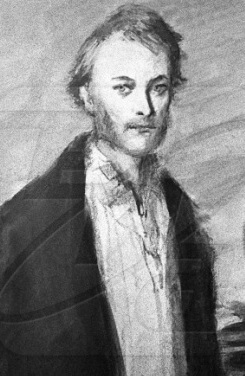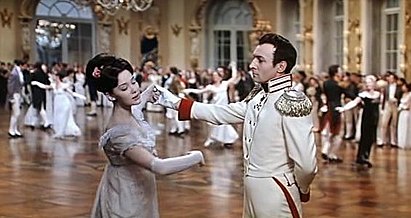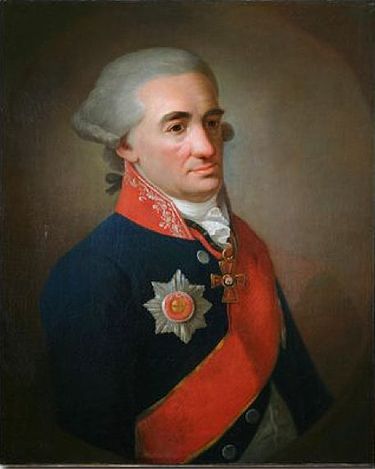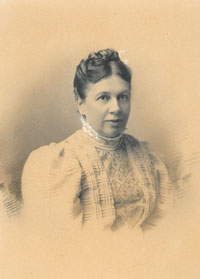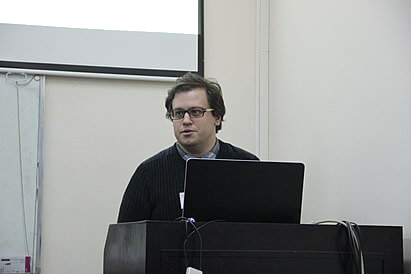UDC 316.35.023.2 ApologyI must begin with an apology for the announced title of my talk this afternoon. It’s not only quite lame but, worse, it is misleading and, in part, quite wrongheaded. The first part of my title is fine. I will, rest assured, speak about James V. McConnell,
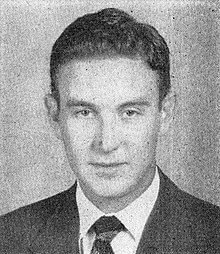
James V. McConnell was an American biologist and animal psychologist.
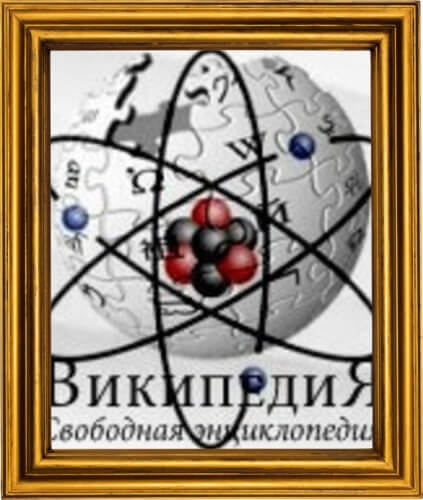
his cannibalistic worms and the memory transfer episode that has come to be closely associated with his name. For those of you not familiar with this episode, or are only familiar with the simplified version that seems to have become part of folklore in psychology, let me spend a moment giving you a brief synopsis before I tell you why the second part of my title, with its references to juggling, tightrope walking, circus images and, most pointedly, personae, warrants – indeed, demands – an apology. Simply put, proponents of memory transfer argued that that specific memories could be transferred from trained donors to naïve recipients via ingestion in worms – cannibalism – as well as through the injection of brain extracts from various rodents and other experimental subjects into suitable recipients. It wasn’t just that these claims, both startling and vivid in their imagery, sounded strange – even bizarre. What agitated many scientists investigating neural mechanisms of learning and memory was the unorthodox interpretation McConnell suggested to account for the phenomenon. Readily acknowledging that his ideas were rather wild and in clear violation of the conventional view that memory is primarily a matter of electrical impulses traveling along specific neural pathways, McConnell argued instead that memories are encoded in the structure of new variants of RNA

Ribonucleic acid is a polymeric molecule essential in various biological roles in coding, decoding, regulation, and expression of genes.

and/or other macromolecules; that a unique and specific archival molecule – not a neural pathway – is the memory. Over the course of the episode – and it was in full swing for at least fifteen years – this claim was referred to, in print, as idiotic, pure rubbish, fanciful, a fad, and pseudoscience. Nobel prize
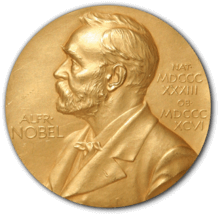
List of Nobel laureates are prizes awarded annually by the Royal Swedish Academy of Sciences, the Swedish Academy, the Karolinska Institutet, and the Norwegian Nobel Committee to individuals and organizations who make outstanding contributions in the fields of chemistry, physics, literature, peace, and physiology or medicine.

James Watson
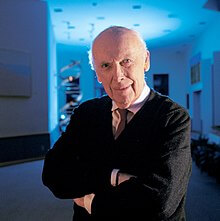
James Dewey Watson is an American molecular biologist, geneticist and zoologist, best known as one of the co-discoverers of the structure of DNA in 1953 with Francis Crick and Rosalind Franklin.

, lowering the bar somewhat, called it, simply, sheer unmitigated rot. On more than one occasion, researchers conducting transfer experiments were called either crackpots, charlatans, or fanatics. And yet, as I reported last year, transfer research was taken quite seriously by funding agencies, editors of reputable journals, and by many prominent – not marginal – scientists investigating the neural substrates of memory processes. I shall have occasion to return to this at the end of my talk. But what seemed to rankle investigators even more than McConnell’s radical theory of memory processes was the publicity he seemed to invite and enjoy and the manner with which he promoted the memory transfer phenomenon. McConnell was, in fact, a self-proclaimed maverick, heretic, primadonna, and exhibitionist, He was, to be sure, some piece of work. He was variously described by both friends and foes as irreverent, quick-witted, flamboyant, brutally honest, and oft-times pretentious. Others referred to him in less flattering terms. He relished referring to himself and his planarian,

Planaria is a genus of planarians in the family Planariidae.

experiments as McCannibal and his Mau Mau Hypothesis. He appeared with his cannibalistic worms on an ABC-TV

American Broadcasting Company is an American commercial broadcast television network that is a flagship property of Disney–ABC Television Group, a subsidiary of the Disney Media Networks division of The Walt Disney Company.

Special The Way Out Men and on The Steve Allen Show
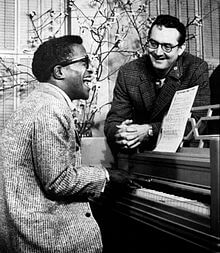
The Steve Allen Show was an American variety show hosted by Steve Allen from June 1956 to June 1960 on NBC, from September 1961 to December 1961 on ABC, and in first-run syndication from 1962 to 1964.

He spoke of professor burgers. He made grand pronouncements in the media about the future of memory pills and memory injections. He lampooned the sacred cow of science, took audiences backstage and glibly spoke of the foibles of researchers and the myriad ways in which experiments often go awry. He edited and published the infamous Worm Runner’s Digest,
Worm Runner’s Digest was created in 1959 by biologist James V. McConnell after his experiments with memory transfer in planarian worms generated a torrent of mail enquiries.

a mixture of straight science and spoof that, after a few years, split into two when some scientists complained that they couldn’t readily distinguish between the serious and humorous articles. But none of this justifies the borderline slanderous, certainly misleading, and in some ways factually incorrect sub-title of my paper. First, the term personae. Please! I’m a sociologist – we don’t use such terms. And its inclusion in the sub-title is a clear case of shameful pandering on my part to the psychologists and historians of psychology that make up the bulk of the membership of Cheiron. This is not to say that sociologists don’t recognize that individuals portray themselves in different ways in different social settings – and sometimes in different ways at different moments in the same setting – surely they do. It is axiomatic in sociology that human beings in general – and, as shall be seen, Jim McConnell in particular – regardless of their personality, tendencies, and/or style – act differently within the variously structured social contexts that impose constraints on their actions. Writing for the reputable peer-reviewed journals is one thing, presenting at the more relaxed and informal setting that conferences present is quite another. And, speaking – or writing – to or for a general or popular audience is not the same as addressing one’s colleagues as complex materials tend to be somewhat simplified while caveats are minimized or disappear altogether. Speaking to journalists, of course, is an altogether different experience and here, once you’ve had your say, it is, quite literally, out of your hands. Journalists are embedded in their own professional and institutional contexts and these have been known to shape – perhaps hype and even distort – information provided by their sources. But the term persona typically brings to mind the conscious switching of masks – of showing different aspects of an individual’s self in different settings. Although McConnell certainly calibrated or fine-tuned his rhetorical approach to different audiences, McConnell was . . . well, consistently McConnell, whether talking to colleagues, a general audience, or the press. The general perception was that he violated normative expectations at every turn. The impact this had on McConnell’s career and the reception of the transfer work in general is the topic for discussion. So, I will plead guilty to pandering. My only defense is that I put off writing the abstract until the end of classes and holiday break – sound familiar? – and unexpected surgery a few days after Christmas had me popping vicodin on a steady basis as the deadline drew near and as I groped for a catchy title. But what is worse, my use of circus imagery, even if it, too, owes much to my legally prescribed and, at the time, much needed drug-induced haze, both confuses the issue and borders on slander. Yes, there was, at times, a carnival or circus like atmosphere surrounding much of this work. Although, as shall be seen, McConnell knew how to get and milk publicity and certainly was not reluctant to talk with the press, the enormous publicity that did, in fact, accompany this research owes as much, I believe – if not more – to the changing way that the mass media reported science. By the way, type smart pills into google today and you’ll get roughly 200,000 hits. Memory pills will get you around 15,000. And I think it borders on slander to suggest that McConnell was a circus performer, juggling anything. Was he an entertaining and humorous man? I guess that depends on where you draw the line between humor and hubris – and whether you think humor has any place in science. But, as I shall argue when I eventually get to the body of this paper – and I best move along – although McConnell could not contain himself when he saw what he perceived to be a humorous opening, he was no clown – he was deadly serious about his research and, if anything, was a staunch positivist. Yes, scientists are, he frequently said, after all, human. And, despite the normative guidelines that science as an institution presents, they are, like other humans, subject to all of the prejudices and idiosyncrasies that afflict men more generally. But, in the end, McConnell constantly maintained, it was data, data, and more data that would decide the issue. But let me move on. As I do so you will clearly see why the image of McConnell walking a tightrope is also misleading and that my reference to his being without a net is the most egregious error in the entire title. Perhaps the title should be James V. McConnell’s Advocacy of Memory-Transfer: The Segmentation and Blending of Different Rhetorical Strategies Situated in Different Structural Contexts: An Assessment. I know – it doesn’t have the same oomph, now does it? How about we simply leave it as James V. McConnell’s advocacy of memory-transfer: An Assessment.
 McConnell’s researchFifty years ago, his doctorate from the University of Texas

University of Texas at Austin is a public research university and the flagship institution of the University of Texas System.

in hand, James V. McConnell, then 31 years old, joined the faculty of the University of Michigan,

The University of Michigan, often simply referred to as Michigan, is a public research university in Ann Arbor, Michigan.

as Instructor in Psychology. It was anything but a direct path. McConnell, born in Okmulgee, Oklahoma,
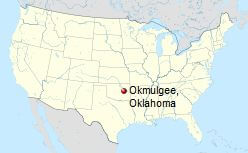
Okmulgee is a city in Okmulgee County, Oklahoma, United States.

in October 1925, was raised in Shreveport, Louisiana.

Shreveport is a city in the U.S. state of Louisiana.

He was reared to be a devout Christian, was a youth leader and expected, up until the age of 15, to be a medical missionary working in the Church. Disenchanted with organized religion and too young for military service, McConnell entered L.S.U.

Shreveport is a city in the U.S. state of Louisiana.

in 1942, waited a year, then volunteered and was inducted in the Navy. Although the war had ended by the time he completed his officer training, Ensign McConnell still had some exciting times – he was a crew-member of the ship that delivered the atomic bomb to the Bikini Island

Bikini Atoll is an atoll in the Marshall Islands which consists of 23 islands totalling 3.4 square miles surrounding a 229.4-square-mile central lagoon.

test site and got to see the blast. Returning to LSU in 1946, McConnell switched his major from chemical engineering to psychology and worked as a part-time announcer for the university radio station to keep alive. After graduation McConnell bounced around as a disc-jockey at radio stations in the southwest, became a Program Director in Galveston

Galveston, Texas is a coastal resort city and port/harbor off the southeast coast on Galveston Island and Pelican Island in the American State of Texas.

and, in 1950 — 1951, wrote and produced a series of radio scripts that received national recognition by the National Association for the Education
National Association for the Education of Young Children is a large nonprofit association in the United States representing early childhood education teachers, para-educators, center directors, trainers, college educators, families of young children, policy makers, and advocates.

by Radio. This led to his big break. He was hired as the Chief Writer – actually the only writer – for WLWT

WLWT is an NBC-affiliated television station licensed to Cincinnati, Ohio, United States.

in Cincinnati

Cincinnati is a city in the U.S. state of Ohio and is the government seat of Hamilton County.

where he wrote the commercials, skits, and an original musical comedy every week. The grueling pace led to an ulcer, and when McConnell’s father died he returned to Shreveport to run the family business, a bus station café. Within six months, he developed his second ulcer, was in a deep rut and followed a friend’s advice and applied to graduate school. McConnell was accepted into the Psychology Program at the University of Texas in Austin and off he went. By the time he received his PhD.

Doctor of Philosophy is the highest academic degree awarded by universities in most countries.

in 1956 McConnell had been awarded a Fulbright Scholarship
Fulbright Program is one of several United States Cultural Exchange Programs whose goal is to improve intercultural relations, cultural diplomacy, and intercultural competence between the people of the United States and other countries through the exchange of persons, knowledge, and skills.

and had published three papers. It’s this last paper that got things started – a relatively straight-forward conditioning experiment published in the Journal of Comparative and Physiological Psychology
Journal of Comparative and Physiological Psychology was a peer-reviewed academic journal published by the American Psychological Association.

in 1955. The experiment, suggested by fellow graduate student Robert Thompson,
Robert Thompson and James V. McConnell conditioned planarian flatworms by pairing a bright light with an electric shock.

was designed to see if planarians – common flatworms – could be conditioned to associate an electric shock with the appearance of a bright light. The experiment was not simply a lark. It was prompted by Hebb’s theory,
Hebbian theory is a neuroscientific theory claiming that an increase in synaptic efficacy arises from a presynaptic cell’s repeated and persistent stimulation of a postsynaptic cell.

then gaining currency, that the engram
Engram are theorized to be means by which memories are stored as biophysical or biochemical changes in the brain in response to external stimuli.

– the physical representation of memory – involved changes at the synapse between two nerve cells. If this was so, they reasoned, a planarian, the simplest animal with true synapses,

Synapse In the nervous system is a structure that permits a neuron to pass an electrical or chemical signal to another neuron or to the target effector cell.

should be capable of showing true learning. Convinced that they had demonstrated that planarians could be conditioned, they submitted their results, which were published without a hitch. At the time, it went virtually unnoticed; no static at all. When McConnell arrival at the University of Michigan in the Fall of 1956, his chairman promptly informed him that there were certain expectations – that the old bugaboo that one must publish or perish was indeed true. He remembered a giggly afternoon a few years back in Austin with Thompson when, during one of the dull periods of the conditioning experiments, they came across a two-page spread in Life magazine

Life was an American magazine published weekly until 1972, as an intermittent special until 1978, and as a monthly from 1978 to 2000.

for the Toni Home Permanent. Two identical twins, each with beautifully coiffed hair – one from the beauty parlor, the other using the new product selling for $1.79. The ad challenged the reader to guess which twin had been given the Toni. Which was the phony that used the Toni, they joked. And it got them thinking. Cut a planarian across the middle into head and tail sections and each part will regenerate the missing half – resulting in identical twins. If you conditioned a planarian, they wondered, which half of the bisected beast would retain the conditioned response? Thompson received his degree and went off to L.S.U. to work with rats, and McConnell, now at Michigan, was looking for a publishable experiment. He set up a worm lab in the basement of Mason Hall,
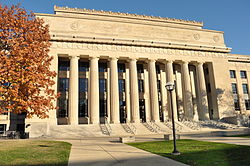
Angell Hall is an academic building at the University of Michigan in Ann Arbor, United States.

conned – this is his word – two students into working with him and found, to both his astonishment and delight, that the [regenerated] tails not only showed as much retention as did the heads, but in many cases did much better than the heads and showed absolutely no forgetting whatsoever. The paper appeared in the Journal of Comparative and Physiological Psychology in 1958 and McConnell and his worms were off and running – or slithering, as the case may be. In the next series of experiments McConnell and his students showed – to their satisfaction – that each regenerated part of trained worms cut in several pieces retained the initial training and, more importantly, that a planarian that contained none of the structure of the originally trained animal also retained the memory. It’s at this point that McConnell began to think about more about memory molecules and less about specific neural synapses. To test this notion, he needed to find a way to transfer the putative molecules from a trained to an untrained animal. But, how? He tried to graft the head of a trained worm onto the tail of a naïve worm – but the head kept falling off. He tried grinding up trained worms and injecting them into naïve recipients and that didn’t work either. The hypodermic needles were too big – getting one inside a flatworm was like trying to impale a prune with a javelin – and if, by chance, the needle was positioned well enough to inject the flatworm-puree, it either oozed out or, if not, caused the worm to explode. When fellow worm runner Jay Boyd Best wrote McConnell about the cannibalistic tendencies of a particular species of planarians, the light bulb went on and – well, you all know what came next. Both trained and untrained worms were cannibalized and recipients eating their educated brethren performed better than those ingesting untrained donors. Soon thereafter, McConnell reported that RNA taken from trained worms and injected into naïve recipients produced the trained behavior. Taken together, these results convinced McConnell that specific memories are independent of neural structures and, instead, are encoded in the structure of unique variants of RNA. And he said so out loud.
 Cognitive settingThis is not as strange as it sounds and, quite frankly, ideas such as this were in the air at the time. Today, it is fairly well established that, in broad outline, the plasticity of the nervous system – the ability of nerve cells to change the strength and even the number of the synapses – is the mechanism underlying learning and long-term memory.
Long-term memory is the stage of the Atkinson–Shiffrin memory model where informative knowledge is held indefinitely.

Short-term memory
Short-term memory is the capacity for holding, but not manipulating, a small amount of information in mind in an active, readily available state for a short period of time.

produces transient changes in the function of the synapse by strengthening or weakening preexisting connections; proteins and other molecules already present at the synapse mediate these functional changes. Long-term memory requires structural anatomical changes. As Kandel
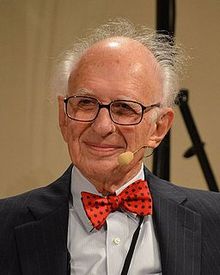
Eric Richard Kandel is an Austrian-American neuroscientist and a University Professor of biochemistry and biophysics at the College of Physicians and Surgeons at Columbia University.

and his colleagues have shown, repeated sensitization training causes neurons to grow new terminals, giving rise to long-term memory, whereas habituation causes neurons to retract existing terminals. This, too, requires the presence of new proteins and other molecules. Back in the 1950s, things were much more muddled. The spectacular success of Watson and Crick
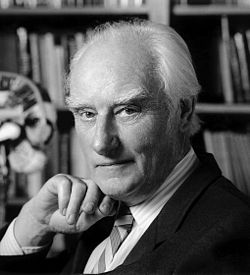
Francis Harry Compton Crick was a British molecular biologist, biophysicist, and neuroscientist, most noted for being a co-discoverer of the structure of the DNA molecule in 1953 with James Watson, work which was based partly on fundamental studies done by Rosalind Franklin, Raymond Gosling and Maurice Wilkins.

led some to ask: If genetic information is stored in nucleic acids and proteins, why not acquired information as well? Although many neurophysiologists thought this equivalence nothing more than a bad pun, a number of molecular biologists, thinking that the time was ripe to apply their tools and analytic approach to the study of memory processes, began to seriously discuss these issues at various conferences, meetings and workshops. So, it is important to note that McConnell was by no means alone in speculating that RNA played a pivotal role in memory storage. In fact, expectations ran high and work proceeded along a number of collateral paths. Hyden
Хиден Хольгер шведский нейрогистолог.

for example, comparing the brain chemistry of animals trained to perform a specific task to those of controls, reported both quantitative and qualitative differences in neuronal RNA. Others, such as Agranoff, Flexner and Barondes claimed that the administration of various inhibitors of RNA and protein synthesis either preceding or just after training had significant adverse effects on retention. Still others, like McGaugh
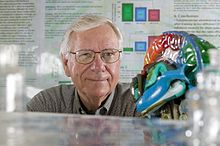
James L. McGaugh is an American neurobiologist and author working in the field of learning and memory.

administered drugs to stimulate RNA and protein synthesis either preceding or just after training and claimed an enhancement effect.
 Cognitive uncertainityDue to the inherent complexity of brain activity this work was, of course, fraught with all sorts of difficulty. It’s been estimated that thousands of electrophysiological events occur each thousandth of each second, each accompanied by an equal number of neurochemical events that release substances that are present in vanishingly small quantities. As Kandel put it, detecting and then isolating the chemical events that accompany learning and memory from among the background of ongoing chemical reactions in the brain is similar to stopping the flow of Niagara Falls

Niagara Falls is the collective name for three waterfalls that straddle the international border between the Canadian province of Ontario and the American state of New York.

in order to count all the water molecule.

A molecule is an electrically neutral group of two or more atoms held together by chemical bonds.

It should come as no surprise, then, the climate of opinion surrounding this work was characterized by feelings of confusion, frustration, in addition to unbridled optimism. On the one hand, scientists working in the area often commented on the depth of their ignorance. Sperry,
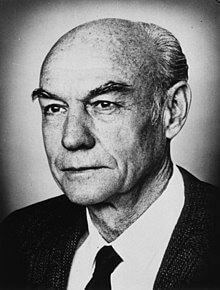
Roger Wolcott Sperry was an American neuropsychologist, neurobiologist and Nobel laureate who, together with David Hunter Hubel and Torsten Nils Wiesel, won the 1981 Nobel Prize in Physiology and Medicine for his work with split-brain research.

at the Princeton

Princeton University is a private Ivy League research university in Princeton, New Jersey.

conference on Learning, Remembering, and Forgetting in 1963 went so far as to comment that not only is it quite possible that we may already have the answer to the memory trace, but, perhaps more important, we probably would not recognize the answer today if we did have it — even if it were served to us on a silver platter fully outlined, physiologically, and complete with a sheet of instructions for molecular analysis
Countless investigators referred to the confused and immature state of research on the neural substrates of memory in the early 1960s and thereafter. Sperry, at the Princeton conference in 1963, makes constant reference to the ignorance and uncertainty that envelops the area, and concludes that Until we can say more precisely what kind of physiological and anatomical change is involved, there are few constraints to the speculation boom regarding possible molecular mechanisms Sperry, 1964:170.
Miller

George Armitage Miller was an American psychologist who was one of the founders of the cognitive psychology field.

reiterates this point in his closing comments: in our present state of ignorance we can’t afford to tell anyone, don’t look there! We must look at all levels from the flatworm to the human brain, and for various things in various places at these levels. But we do need some ideas to simplify the search so that we look where the betting odds are the best.
Schmitt,
Francis O. Schmitt was an American biologist and Institute Professor at the Massachusetts Institute of Technology.

too, comments on the highly speculative and primitive nature of the research, and Hyden states that the field is characterized by an anatomy of confusion. Krech and Bennett and Rose each invoke Kuhn’s
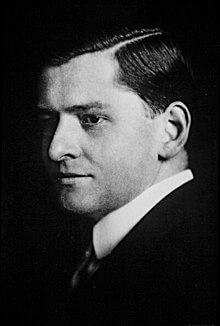
Richard Kuhn was an Austrian-German biochemist who was awarded the Nobel Prize in Chemistry in 1938 for his work on carotenoids and vitamins.

notion of a paradigm-crisis. Despite the difficulties involved many believed that some major advance or breakthrough was immanent. That McConnell’s worms and his theory that memory is encoded in unique variants of RNA would blaze the trail was, in the early 1960s, a long-shot. But that it was debated at all is important. To be sure, most working in the area were more than a bit leery when McConnell talked about the inheritance of learning or acquired characteristics – it smacked too much of Lamarckism.
Lamarckism is the hypothesis that an organism can pass on characteristics that it has acquired through use or disuse during its lifetime to its offspring.

And yet, as one commented, There is no doubt that the theory is crazy; the only question is whether it is crazy enough to be true.
Another simply stated that the transfer claims were just too damn important to ignore. | James V. McConnell. The whole-witted scientist An amazingly recent discovery in the field of psychosomatic medicine could well have a most dramatic effect on current efforts to revise the college science curriculum. A group of philosophically-oriented clinicians studying various occupational diseases has just reported that, almost pandemic among scientists, there are certain sets of behavioral symptoms that correlate quite highly with certain abnormalities of a previously little-appreciated portion of the human skeleton. According to these clinician-philosophers, once they have determined which one of three major personality types a scientist is – the unwitting, the half-wit or the whole wit – they can accurately predict the pathological condition of his os jesticum, or funny bone. A brief description of the behavioral syndromes involved will enable us to appreciate the enormous educational consequences of this major medical discovery. In the unwitting scientist, the os jesticum is totally lacking or completely atrophied. Anyone suffering from this condition typically finds the professional journals as titillating as Tom Jones and believes, above all, that science is a serious, sober and somber occupation. Not being able to recognize a joke when exposed to one, he comes to fear humor and develops paranoid feelings of inadequacy when he discovers those around him laughing at something the wit of which escapes him. To compensate for his feared inferiority, the unwitting scientist often spends longer hours in his laboratory than do his more jocular colleagues, he accomplishes more, publishes more, and wins more prizes. However, since he lacks humility and is blinded by the morbidity of his condition, he seldom understands what science is really all about or why he’s doing it. The half-witted scientist has an immature funny bone, os jesticum arrestum. He can often recognize a joke when he hears one, and occasionally he may even pass along a funny tale someone else has told him. Indeed, he commonly prides himself on his sense of humor, but he likes to keep his categories straight. Humor is what
✓ appears in Mad Magazine or in the annual graduate student satire;
✓ science is what appears in Science; and
✓ never the twain should meet.
Although he enjoys hearing a witty talk at a symposium or conference, it usually confuses him to find comedy and science thusly intermingled. And what confuses him, he tends to denigrate. He yearns to be as respectable and productive as the unwitting scientist but he also secretly envies the facile, crowd-pleasing talents of the humorist. Following the course of inordinate moderation, the half-wit often achieves a deservedly moderate reputation. The whole-witted scientist, os jesticum robustum, has such a over-developed funny bone that it has been known to choke him to death professionally. In the terminal stages of the disease, his optic tract is affected and he comes to see his own scientific activities in rather cruel, comic perspective. While recognizing the importance and ultimate value of his life’s work, he sees also the trace of ineffable buffoonery in his own and his colleagues’ posturings. He is as incapable of withholding laughter at this sight as he is of explaining to his dim-witted colleagues why he laughs. But his laughter gives him insight, if not into the workings of science, at least into the workings of scientists. Knowing he will often make mistakes, and being willing to admit to them when they happen, he is often bolder and more imaginative than those scientists who are terrified of being wrong and hence are seldom right. Having perspective, he maintains an aloofness and detachment about his work that his colleagues cannot emulate. By keeping his wits about him, he remains whole-wittedly objective about his work. There is no cure on record for any of the three pathological conditions described above. The clinician-philosophers do suggest, however, that it may be possible to increase the development of the os jesticum by massaging it, if the treatment is begun early enough in life. We spend a great deal of time attempting to teach our science students to be objective about their work. Keeping the symptoms described above in mind, perhaps we should infect them with humor and hence teach them to laugh instead.
Mark Dominus. Serendipitous web searches Back in the 1950’s and 1960’s, James V. McConnell at the University of Michigan was doing some really interesting work on learning and memory in planaria flatworms, shown at right. They used to publish their papers in their own private journal of flatworm science, The Journal of Biological Psychology. They didn’t have enough material for a full journal, so when you were done reading the Journal, you could flip it over and read the back half, which was a planaria-themed humor magazine called The Worm-Runner’s Digest. I swear I’m not making this up. I think it’s time to revive the planaria-themed humor magazine. Planaria are funny even when they aren’t doing anything in particular. Look at those googly eyes!
For some reason I’ve always found planaria fascinating, and I’ve known about them from an early age. We would occasionally visit my cousin in Oradell, who had a stuffed toy which was probably intended to be a snake, but which I invariably identified as a flatworm. We’re going to visit your Uncle Ronnie, my parents would say, and I would reply. Can I play with Susan’s flatworm?
Anyway, to get on with the point of this article, McConnell made the astonishing discovery that memory has an identifiable chemical basis. He trained flatworms to run mazes, and noted how long it took to do so. The mazes were extremely simple T shapes. The planarian goes in the bottom foot of the T. Food goes in one of the top arms, always the same one. Untrained planaria swim up the T and then turn one way or the other at random; trained planaria know to head toward the arm where the food always is. Pretty impressive, for a worm.
Then McConnell took the trained worms and ground them up and fed them to untrained worms. The untrained worms learned to run the maze a lot faster than the original worms had, apparently demonstrating that there was some sort of information in the trained worms that survived being ground up and ingested. The hypothesis was that the information was somehow encoded in RNA molecules, and could be physically transferred from one individual to another. Isn’t that a wonderful dream? You can still see echoes of this in the science fiction of the era. For example, a recurring theme in Larry Niven’s early work is memory RNA, people getting learning injections, and pills that impart knowledge when you swallow them. See World Out of Time and The Fourth Profession, for example. And I once had a dream that I taught a giant planarian to speak Chinese, then fried it in cornmeal and ate it, after which I was able to speak Chinese. So when I say it’s a wonderful dream, I’m speaking both figuratively and literally. * * *
Kathleen Stein. King of worm runners
James V. McConnell was an American biologist and animal psychologist. He is most known for his research on learning and memory transfer in planarians conducted in the 1950’s and 1960’s. He was an unconventional scientist, setting up his own refereed journal, the Journal of Biological Psychology, which was published in tandem with the Worm Runner’s Digest, a planarian-themed humor magazine.
His paper Memory transfer through cannibalism in planarians, published in the Journal of Neuropsychiatry, reported that when planarians conditioned to respond to a stimulus were ground up and fed to other planarians, the recipients learned to respond to the stimulus faster than a control group did. McConnell believed that this was evidence of a chemical basis for memory, which he identified as memory RNA.
I woke to find myself in a totally different room. On the wall facing me were two doors — one pure white, the other jet-black. I didn’t like the looks of the situation… Apparently I had to choose which of the doors was open and led to food. The other would be locked. If I jumped at the wrong door and found it locked, I’d fall into the water. I needed a bath, but I didn’t relish getting it this way… The ultimate behaviorist’s rightmare: He wakes up as a White Rote trapped in an extraterrestrial psychologist’s operant chamber. The rest of this little scientific hallucination can be found on page 395 of Understanding Human Behavior, one the most successful colege psychology texts of all time. Its author, James V. McConnell, is a hero to a generation of psych students, as well as to his publishers, for whom he makes tons of money. Each chapter of UHB-3, as McConnell calls it, begins with the first half of an appropriate vignette. To find out how the story ends, you’re supposed to read the chapter of hard science. The conclusion appears after the facts. There are many stories: On the Other Hand introduces a chapter on the split brain with a Kafkaesque table about a dissident neurophysiologist. Before being dragged off by the secret police, he buries his treasured formula in the silent right hemisphere of a patient. Later friendly doctors decode the message by encouraging the patient to draw on the right side of the brain. In Riddle of Rage a scouting party of sentient microchips fly in for a closer look when they spy CARs, the rudiments of intelligent metallic life on the third planet around a distant star. Other titles include How to Build a Better Robot, Black Boxes and Womb Tanks, It’s All in Your Mind, and I’m Crazy — You’re Crazy. By sandwiching the linear information between two slices of Gestalt, McConnell appeals to both sides of the brain — the no-nonsense left hemisphere and the poetic shape maker on the right. It works like behavior mod, says McConnell, a tall, fortyish man with a sort of wide-angle, bigger-than-life face. One might encounter this visage close-up in a Stanley Kubrick movie offering you a smoking glass of ye olde ultragiggle. Behavior mod outlines the pattern for you, arranges the material so that your rignt hemisphere perceives, while your left learns by rote. That’s what my stories are supposed to do: help the right perceive patterns and become emotionally involved while presenting the material in a form easily memorized by the left.
Although it makes sense and seems to work, one still wonders what kind of guy would use a comic-book story to ruminate on the mind/body/soul question in the middle of an introductory psych text. But McConnell is a scientist with a reputation for being less than orthodox in his research and methodology. Worse, he has been accused of being a humorist, which, to paraphrase Arthur Koestler, has unleashed the hostility of the gray birds in the groves of academe against this bird with the too-hilarious voice.
McConnell personifies a select minority of scientists who openly – too openly – employ humor as a modus operandi. His irrepressible desire to have a good laugh has gotten him into some deep and piranha-filled water. So we posed the question: Can science and humor exist on the same plane? I hope so, the psychologist says with an air of elegant melancholia that often hangs like a little cloud over the head of our best humorists. But, I remind you, most people with political power don’t have a good sense of humor – in any field. New endeavors need humor, because you’re trying to unify a group; you’re fighting for you existence, or fighting an establishment. Humor doesn’t go over well; humor has too much intellect in it.
Our story – really a tragicomedy – begins in 1953 at the University of Texas, where two psychology grad students, McConnell and Robert Thompson, are conditioning freshwater flatworms to contract, or scrunch up, each time a mild shock is delivered through the water in their trough. Just before the shock, an electric light is turned on above the trough. Could the worms be taught to scrunch when they see the light – sans shock? McConnell and Thompson thought so. The flatworm, or planarian, sometimes described as a gliding patch of slimy skin, is a fabulous creature able to divide into scores of pieces, each of which regenerates into a new worm. As the lowest organism on the phylogenic scale, it has a primitive brain and synaptic nervous system. Planaria present an elemental model on which to study learning and memory. The two young worm runners’ results, indicating that planarians can be taught to scrunch up on cue, made no waves, McConnell went on to teach at the University of Michigan, where he took the experiment one scrunch further. He cut the worms in half, and when the tail halves had regenerated, they remembered a such about how to behave in the spotlight as the head did, and sometimes more. If I had to do it over, I would have qualified all my statement with ‘ifs’ and ‘perhapses’ appeared dead serious, and never smiled at anything. And I would have gone mad
This bit of news raised eyebrows, especially when McConnell conjectured publicly that some chemical conditioning may take place during training that could be transmitted to succeeding generations of worms. If this should prove true for men and women as well as worms, he told Newsweek in 1959, then memory and learning would appear to have a chemical, inherited basis. With statements like this, smacking ever so faintly of Lamarckian Heresy, the atmosphere surrounding McConnell’s lab began to heat up. But there was more to come, much more. By now McConnell was an established researcher, receiving grants. At that time we began classically training a bunch of victim planarians, McConnell recalls, guiding us down Memory Lane. Then we chopped them up and fed the pieces to untrained cannibalistic planarians. We also fed untrained victims to a control group. After we had given both groups a couple of days to digest their meal, we trained both groups. To our delight, the planarians that had eaten educated victims responded more often than did the worms that had consumed their untrained brethren. We seemed to have transferred a memory engram from one animal to another!
Food for thought indeed. If you are what you eat, there’s a feast of philosophy, arts. And science awaiting us all. We have only to grind up our poets and thinkers and serve them as hors d’oeuvres at cocktail parties. And so on, McConnell began having a terrible time with the lay press, trying to explain that it didn’t work that way – for the same reason you don’t become piggish merely from consuming a ham sandwich. The information that might be encoded in the animal protein is destroyed by the digestive system in mammals before assimilation takes place. Some scientists were finding all this hard to swallow. At first the issue was mainly whether the worms could learn in the first place, rather than the more dramatic possibility that learning could be transferred. But McConnell ignored the former issue, concentrating on the suggestion that memory formation is somehow involved with the creation of new chemical molecules and that ribonucleic acid in the brain plays a role in the process. The starting outlines of a new hypothesis were beginning to form: Learning especially memory acquisition, might function by means of a rich interplay of chemicals. Even more starting: There might be a chemical code for learning – even as DNA is for genetics. By the mid-Sixties many research groups reported success in memory transfer-using higher organisms. Brains of educated rats were ground up and injected into naive rats. The newly sophisticated rats behaved in a manner that indicated they had learned by hard experience. Paying Your Dues could become obsolete, at least for rats. Maybe not just for rats. Other experiments indicated that injections of smart-rat brain could raise the I.Q.’s of hamsters, suggestion that RNA contains components of memory and intelligence that span whole species! If rats to hamsters, why not hamsters to man, and man to rats, and so on? Distinguished biochemist George Ungar went so far as to isolate, characterize, and synthesize a specific transferred memory: scotophobin, or fear of the dark. Ungar would actually make up batches of scotophobin, a complex polypeptide 15 to 16 amino acids long, and send it to you in a bottle. He also had a whole bunch of other phobins. But this tantalizing research went the way of the worm when Ungar died in 1977. To date there have been thousands of successful memory-transfer experiments reported in the literature. But the subject of the chemical code for learning still can elicit violent negative responses from otherwise cool men of science. One leading artificial-intelligence honcho exploded at a lunch table recently when the 15-year-old transfer work was brought up. Sophomoric! Ridiculous! A stage many people in neurophysiology seem to go through, and then reject quickly,
he retorted. Yet if the results were valid, one British expert admitted, they had revolutionary implication for the understanding of how learning takes place in the brain. The battle was waged in the periodicals and at the meetings. According to scientific historian David Travis in his paper on McConnell, Constructing Creativity: The Memory Transfer and the importance of Being Earnest, the transfer results were rejected as sloppy science, or unconscious experimenter bias, or mass hysteria. One peer review angrily denounced the work as either the biggest finding or the biggest hoax in psychology in years, and probably the later. Another esteemed researcher called a memory-transfer article in Science a branch of crap. The one recurring complaint, Travis says, was the suspicion of subversive flippancy. The McConnell group over the years had allowed an aura of schoolboy humor to surround their investigation. And the reaction of the scientific community to this mirthful attitude was swift and vengeful. McConnell calls it autistic hostility. What brought all this offending research and its frivolous attitude to a head was a unique and irregularly published journal. It was born when McConnell’s planarian experiments became known throughout the scientific and popular press, and he subsequently was inundated with requests for information about the care and feeding of flatworms and for ideas on how to set up the experiments. His Michigan group produced a set of mimeographed instructions and dubbed it The Worm Runner’s Digest, Vol. 1, No. 1. The cover was complete with heraldic device: a two-headed worm rampant, a coronet of connected nerve cells, the S/R of Dr. Pavlov’s stimulus response, and legend Ignotum per Ignotius, which Koestler translates as When I get through explaining this to you, you’ll know even less than when I started.
Some of the recipients of this first issue took the joke at face value and sent back their experiments – real and farcical – and the WRD was on its way. With the exception of The Journal of Irreproducible Results, McConnell says, The Worm Runner’s Digest is the only scientific journal that knowingly publishes satire.
During its first year the Digest’s format mixed serious articles on physiological psychology with such twisted pieces as Operant Conditioning in the Domestic Darning Needle and How to Make Use of the Self-Fulfilling Prophecy Without Hall Trying, or such sublime pictorials as A Child’s Garden of Vectors. Each issue was shot through with cartoons of worms engaged in Socratic dialogue. McConnell’s editorial, Worms & Things, always let the reader in on the latest theory. How old are worms? he writes in one issue. If a worm be hatched from an egg, grow to maturity in two months, then fission into halves spontaneously and regrow into two mature worms in one month, how old are the latter individuals? And if this keeps up for an extended period of time, what can one say about age?
In later issues straight articles were separated from spoofs because scientists complained they could not tell them apart. The serious and the satirical were printed from opposite covers after that. Yes, there were some works of genius in the Digest, he mused. Some of it’s obviously crud. But to quote Ted Sturgeon and his marvelous law, ‘Ninety percent of everything is crud.’
And the Digest was read by simply everybody in the scientific community. The August 1963 issue featured A Christmas Caramel, perhaps the only extant proof that famed behaviorist B.F. Skinner had ever cracked a joke. This departure from Skinner’s renowned sober voice – a skit he wrote for a Harvard Christmas party – takes place in the office of one Dr. Skinnybox, who is interrupted from his reading of Esquire magazine by Barrelbottom, a student inquiring about graduate work in psychology. By means of a series of electrical shocks to Barrelbottom’s bottom – followed by rewards of peanuts – Skinnybox convinces Barrelbottom to study behaviorism. As the curtain falls, Skinnybox has attached a rubber hose from the peanut machine to Barrelbottom’s mouth. Skinner stage directions: |

































